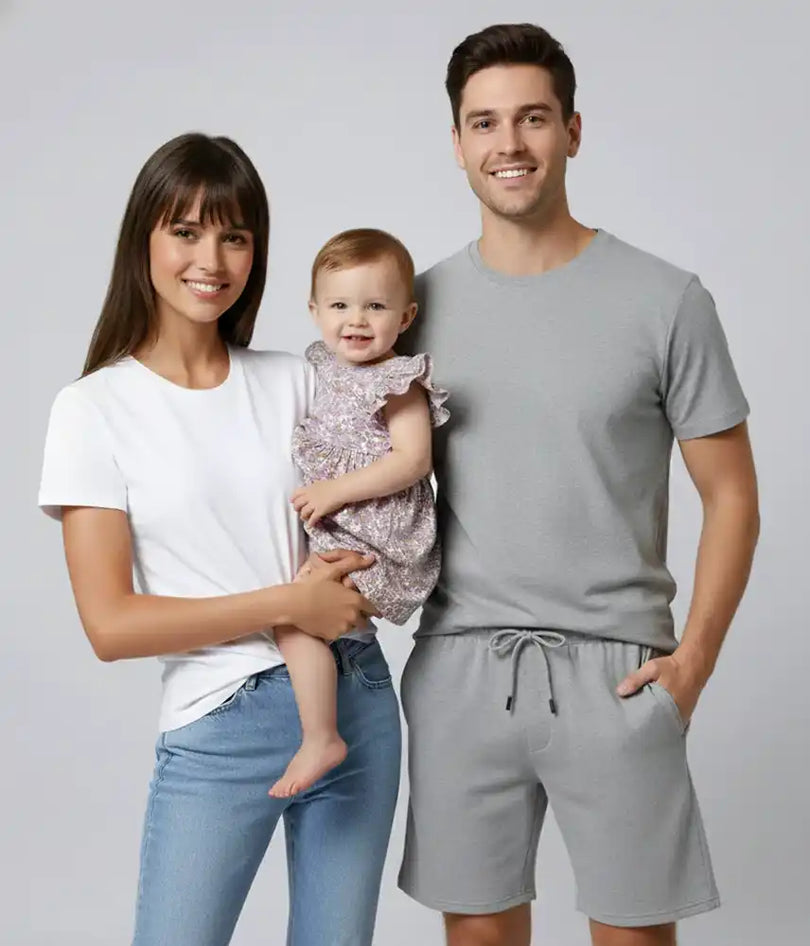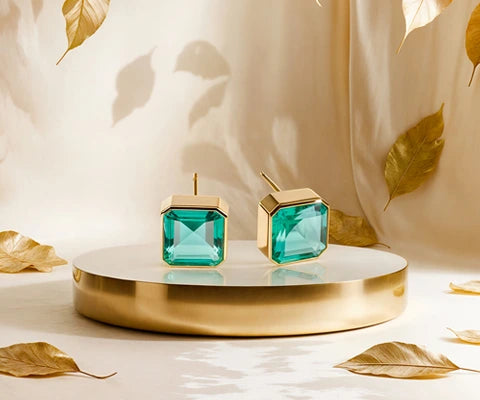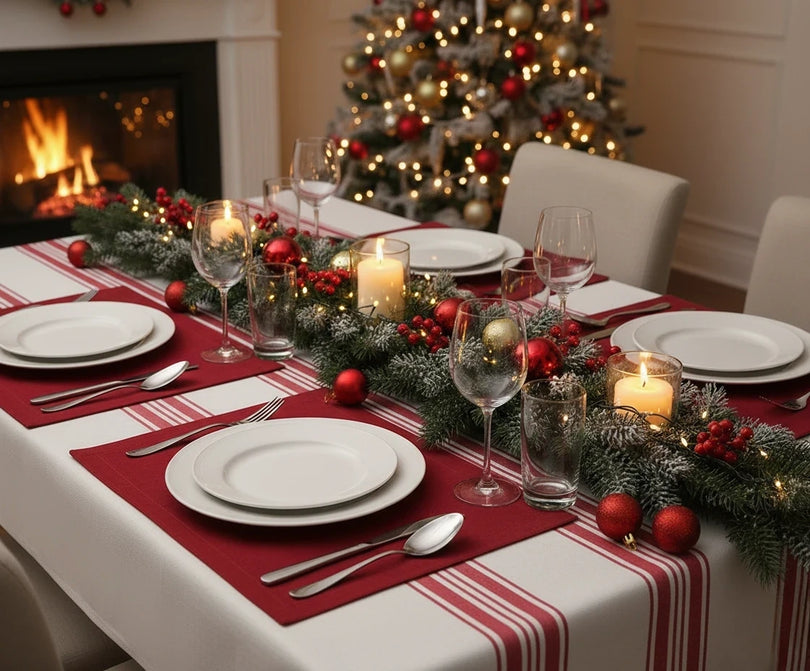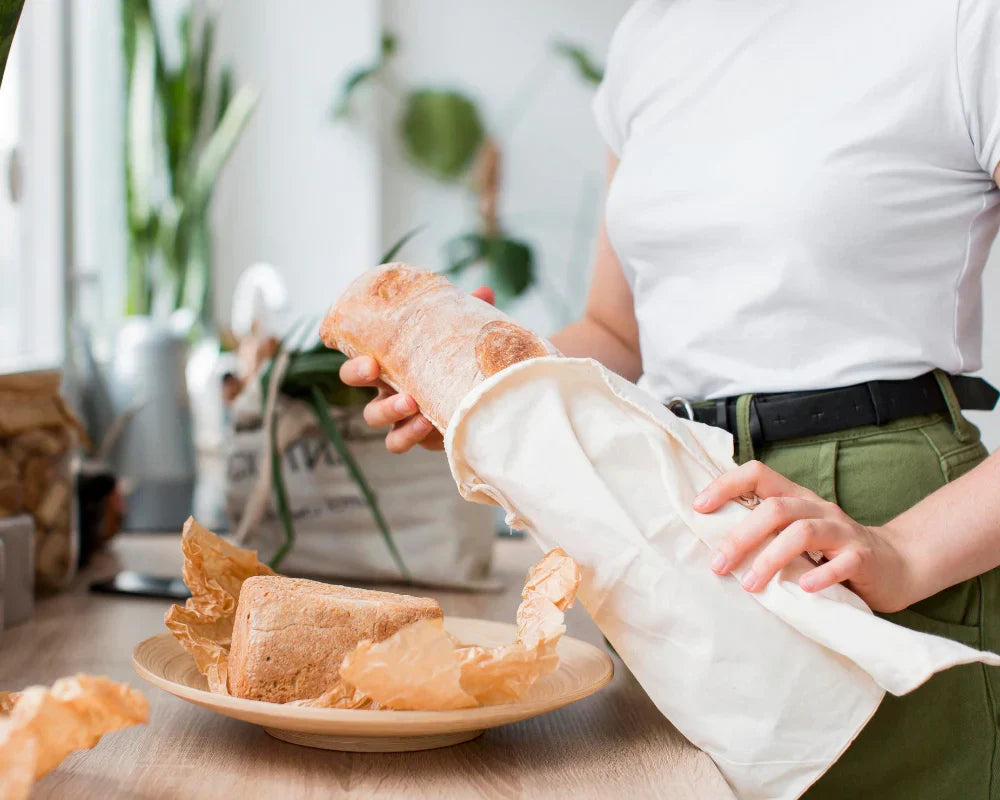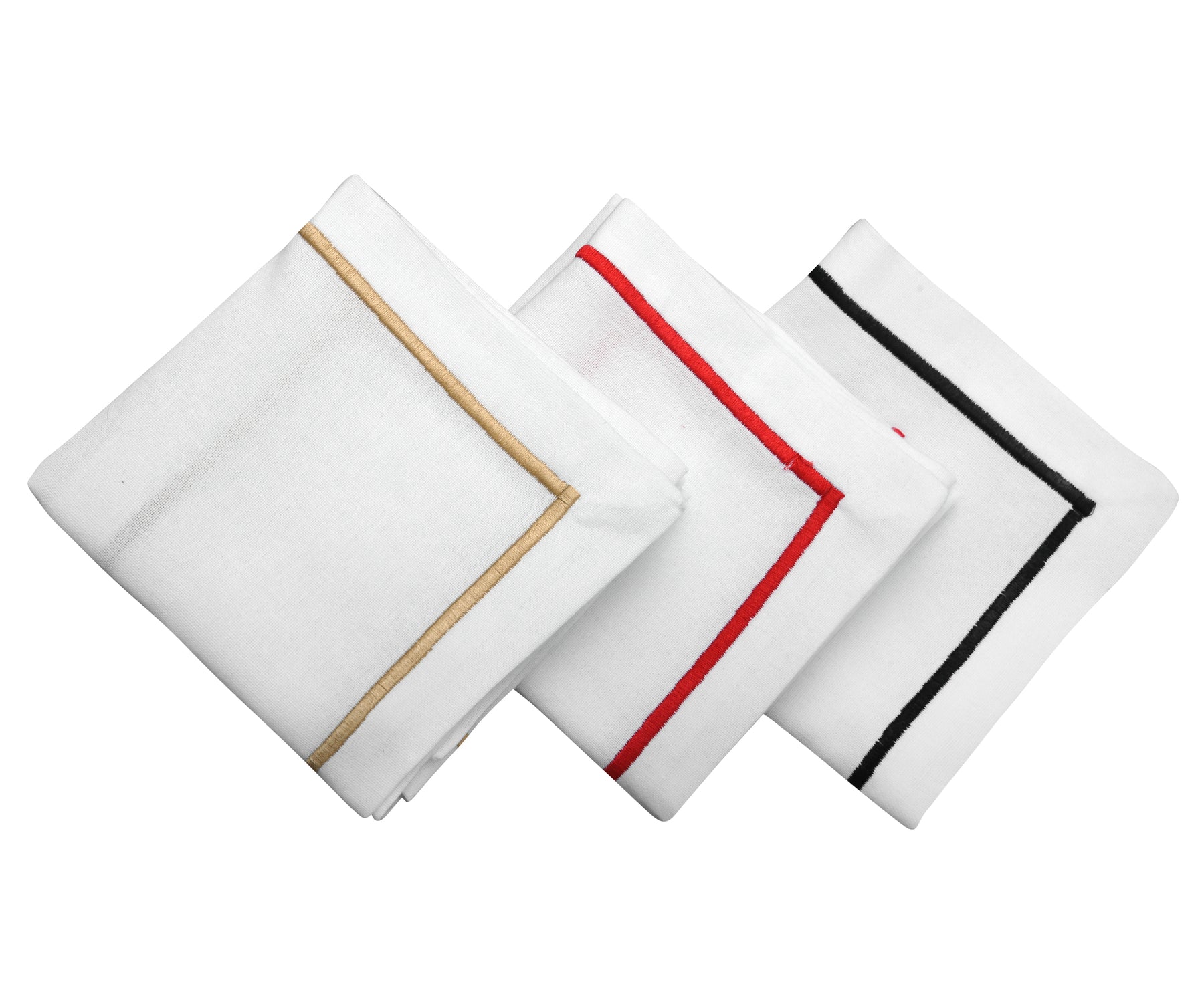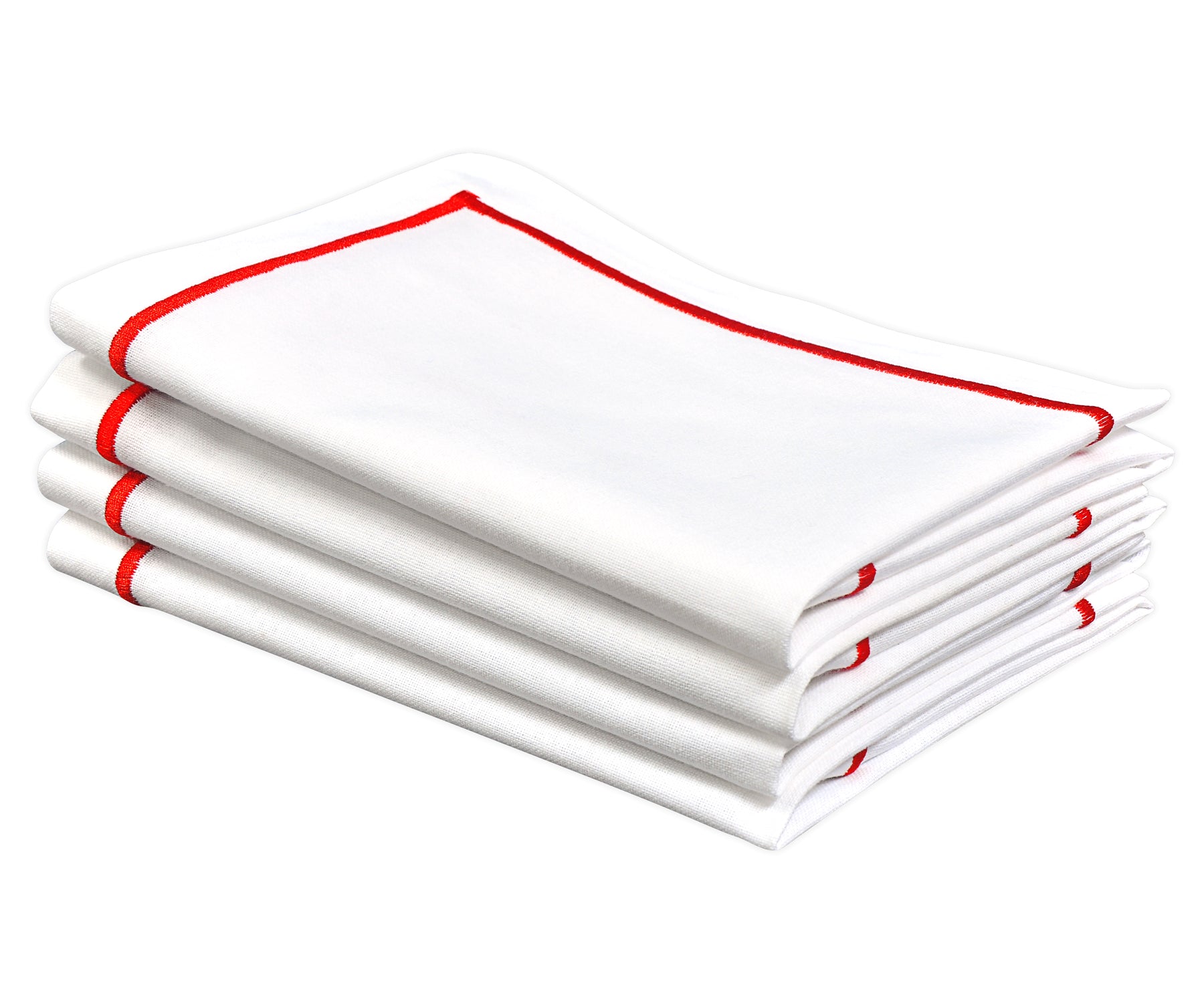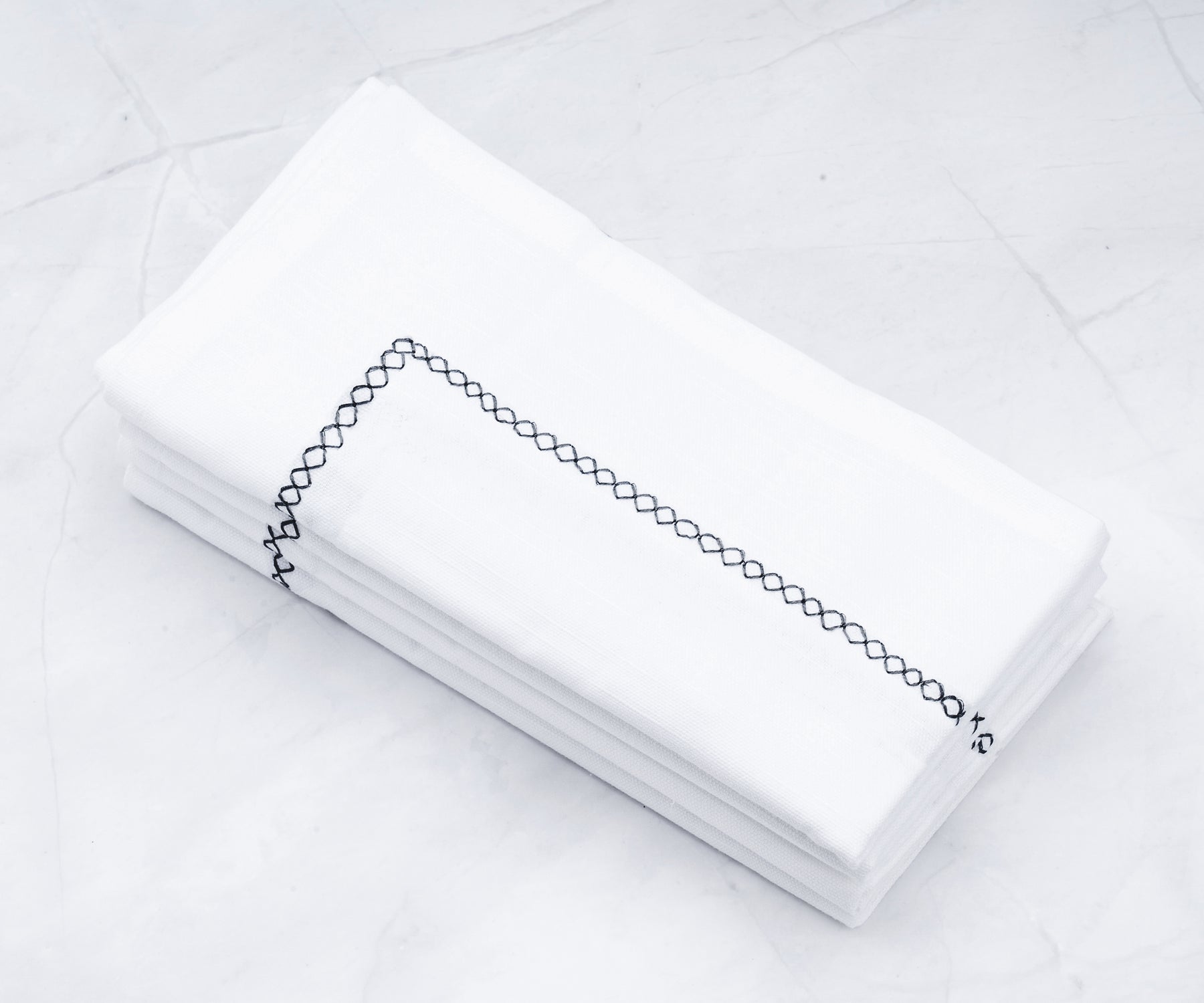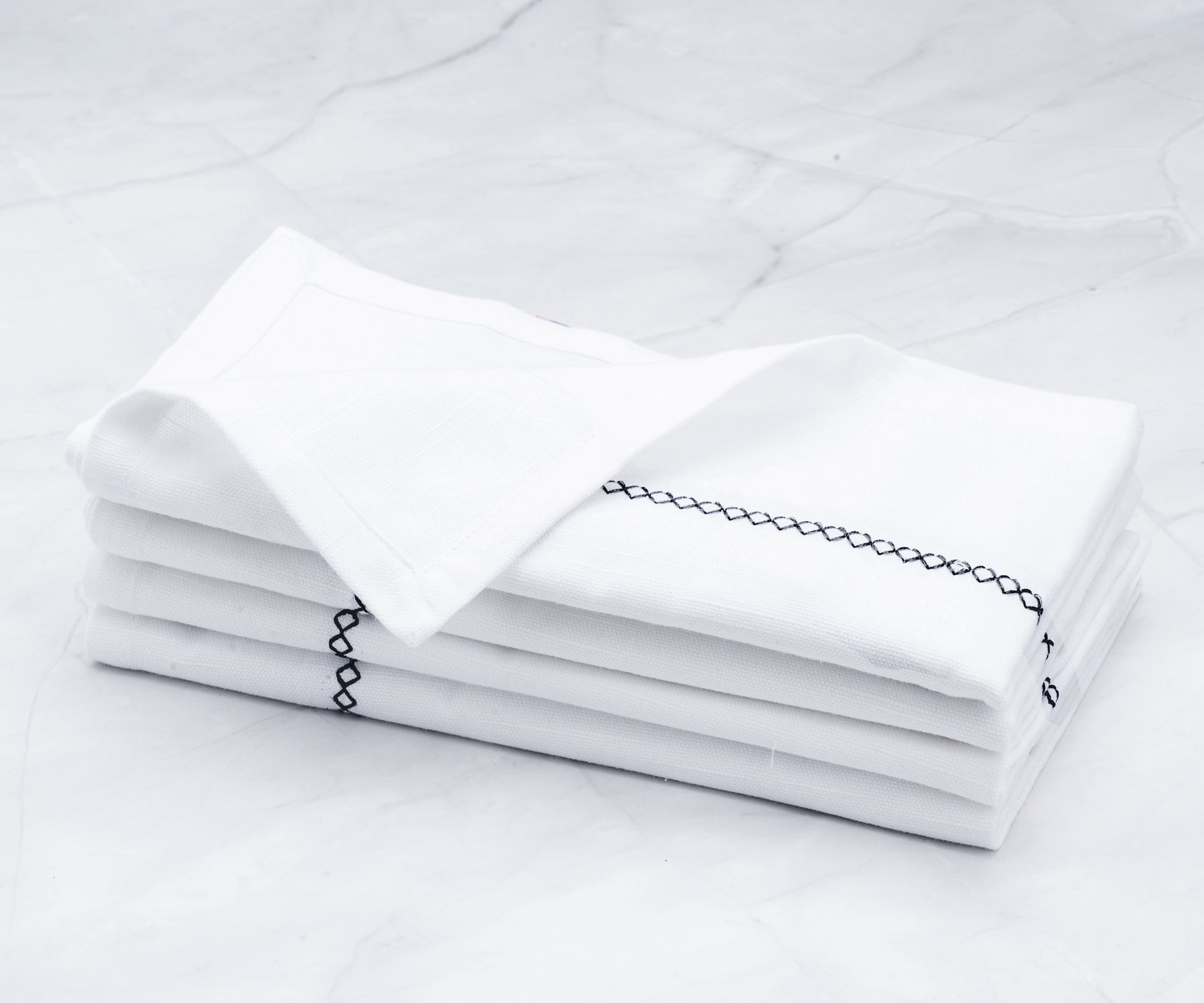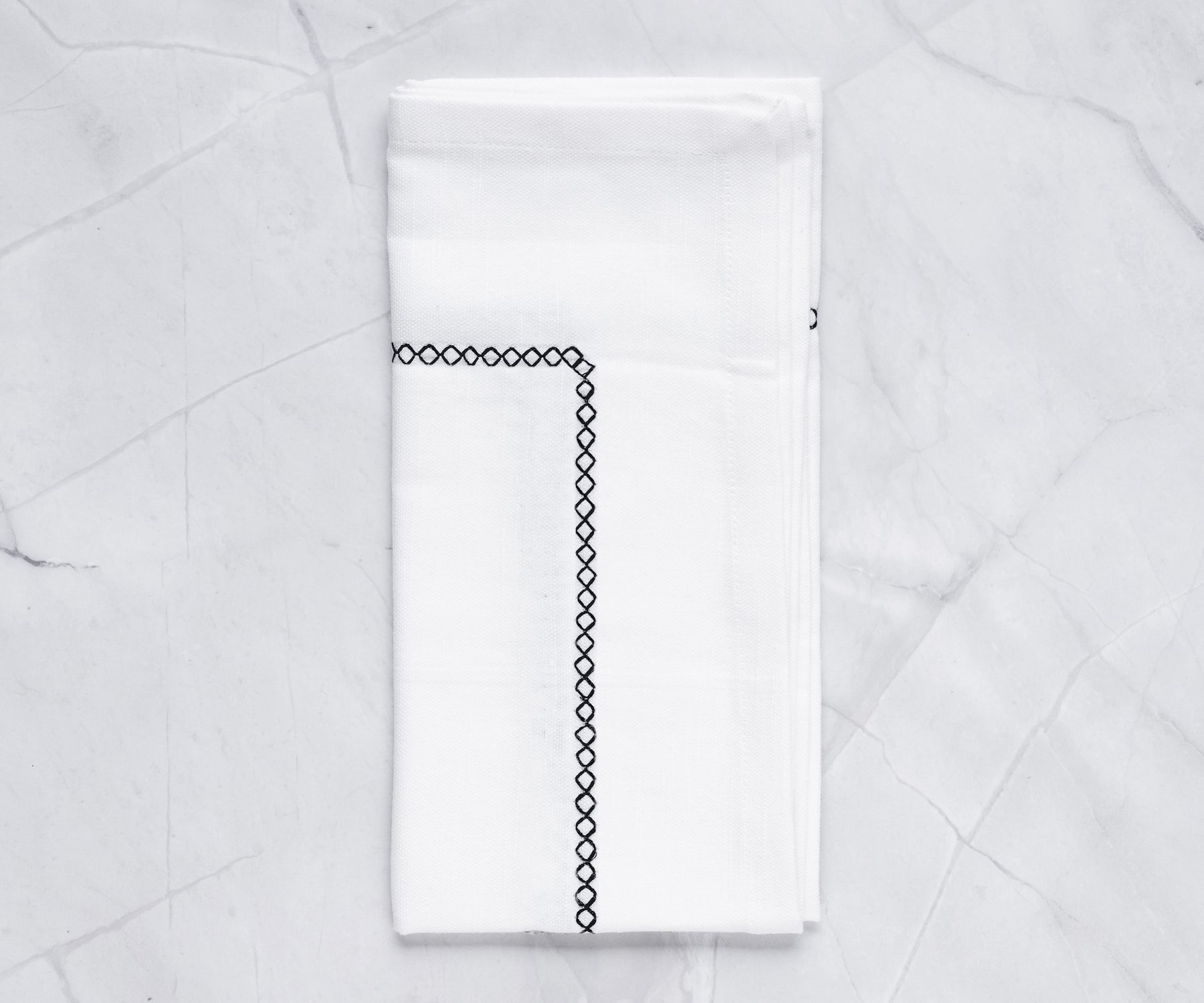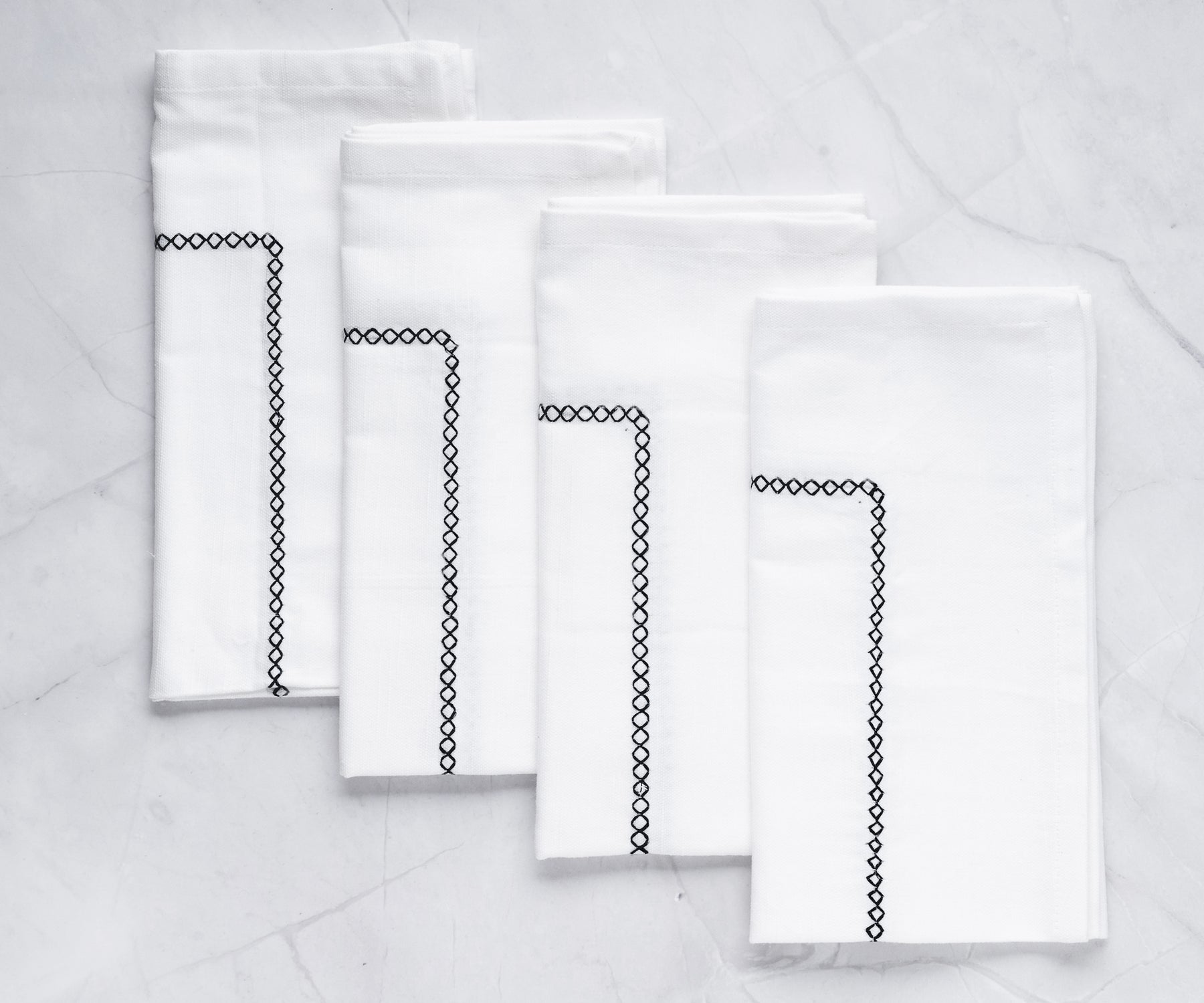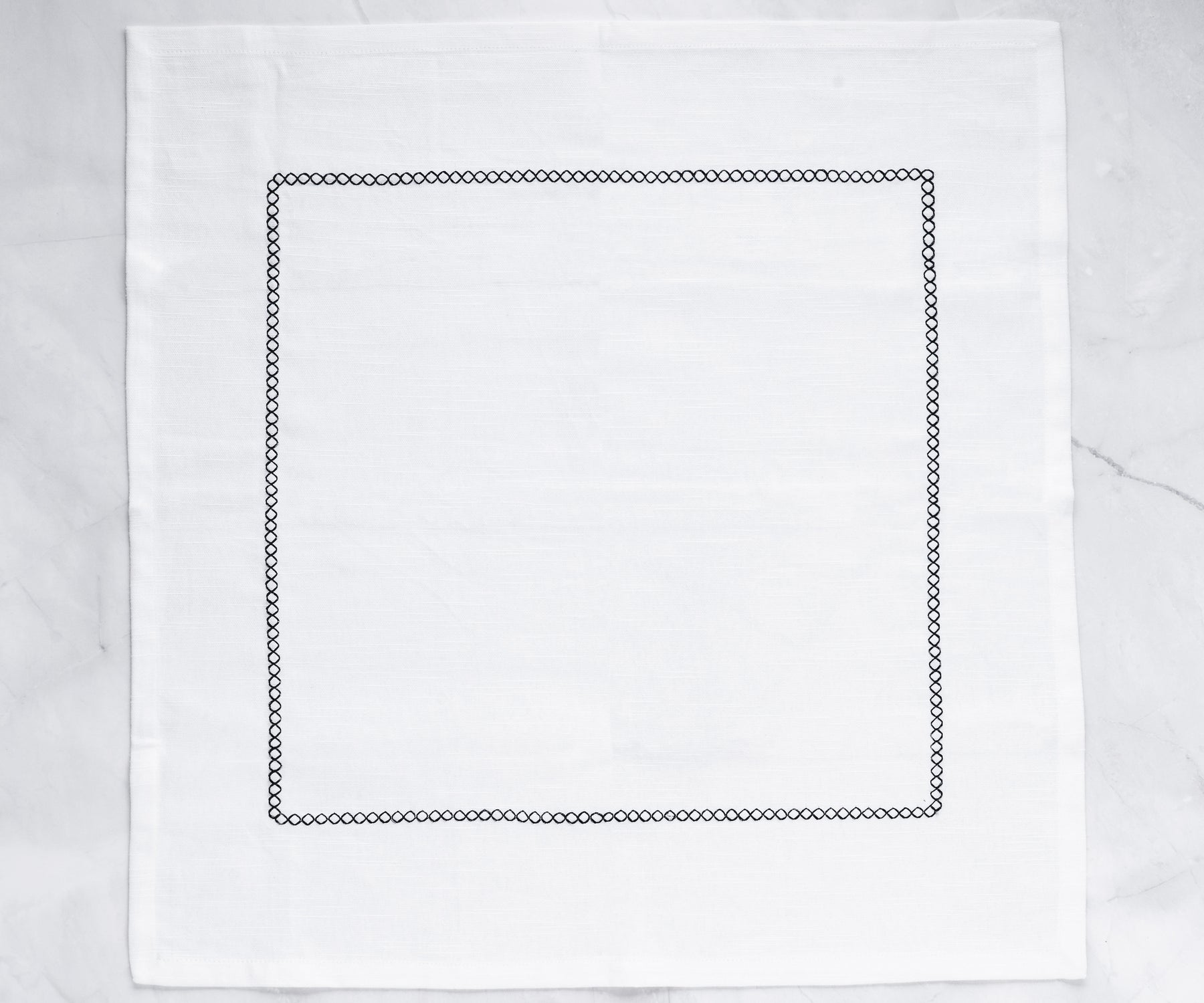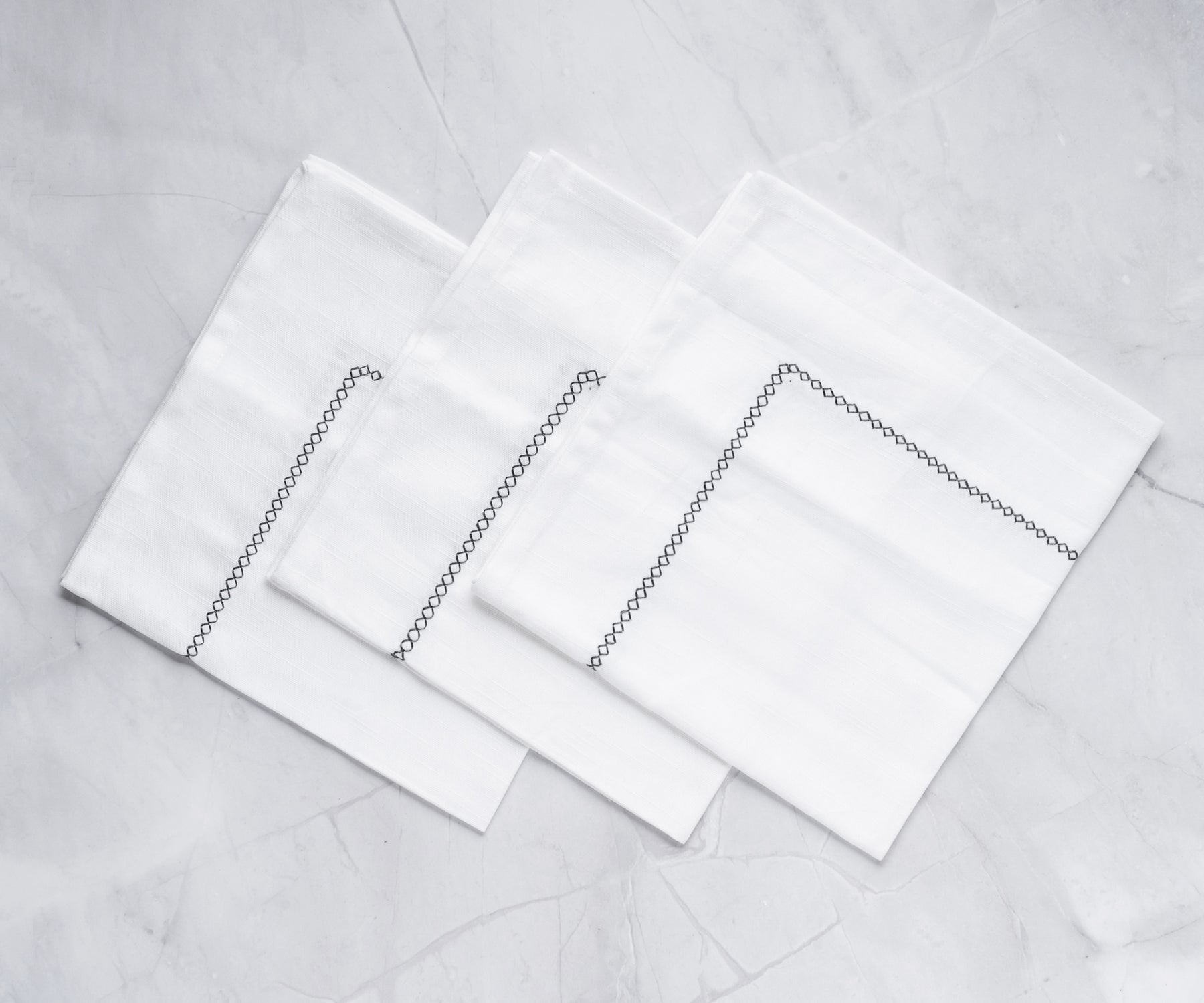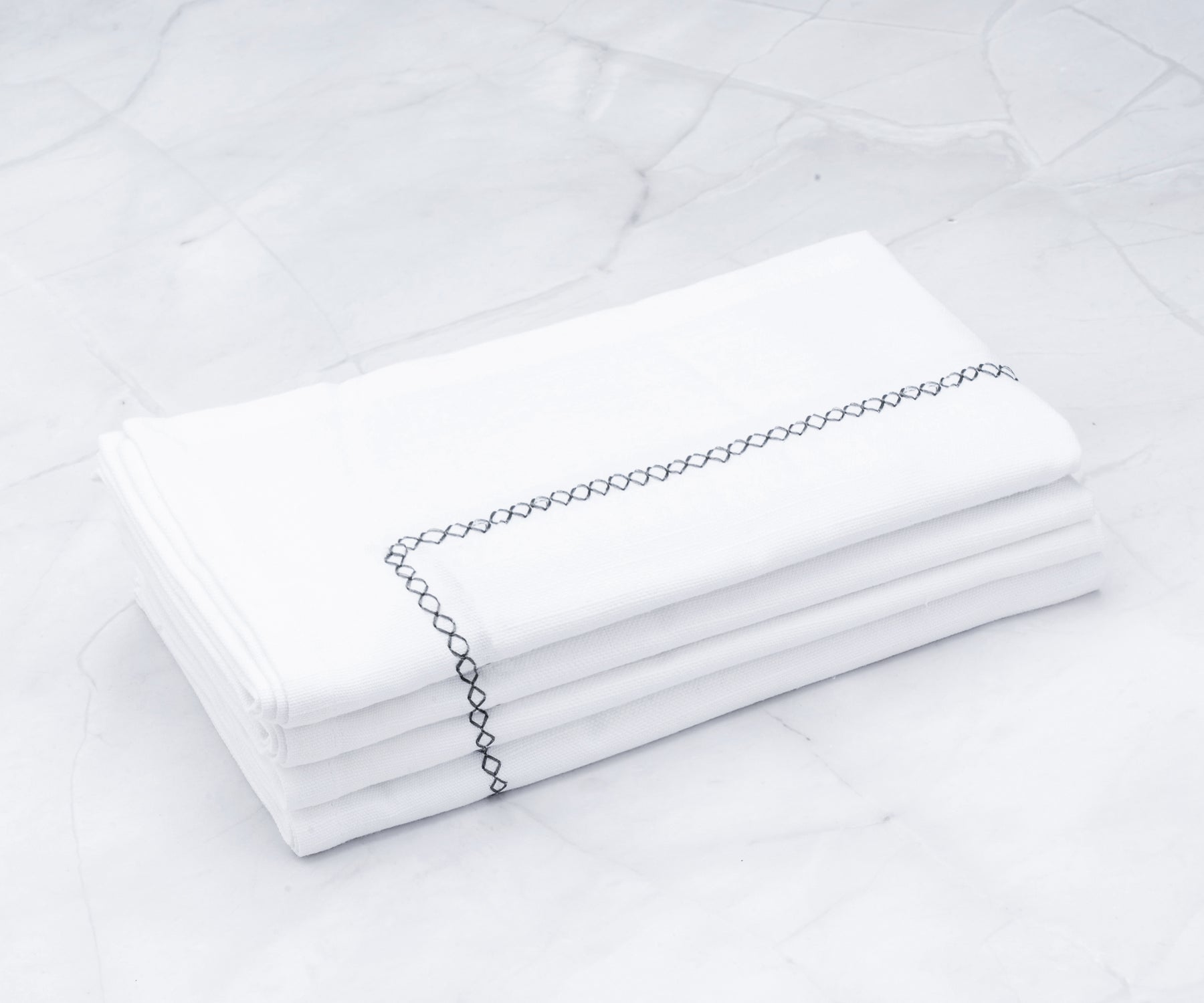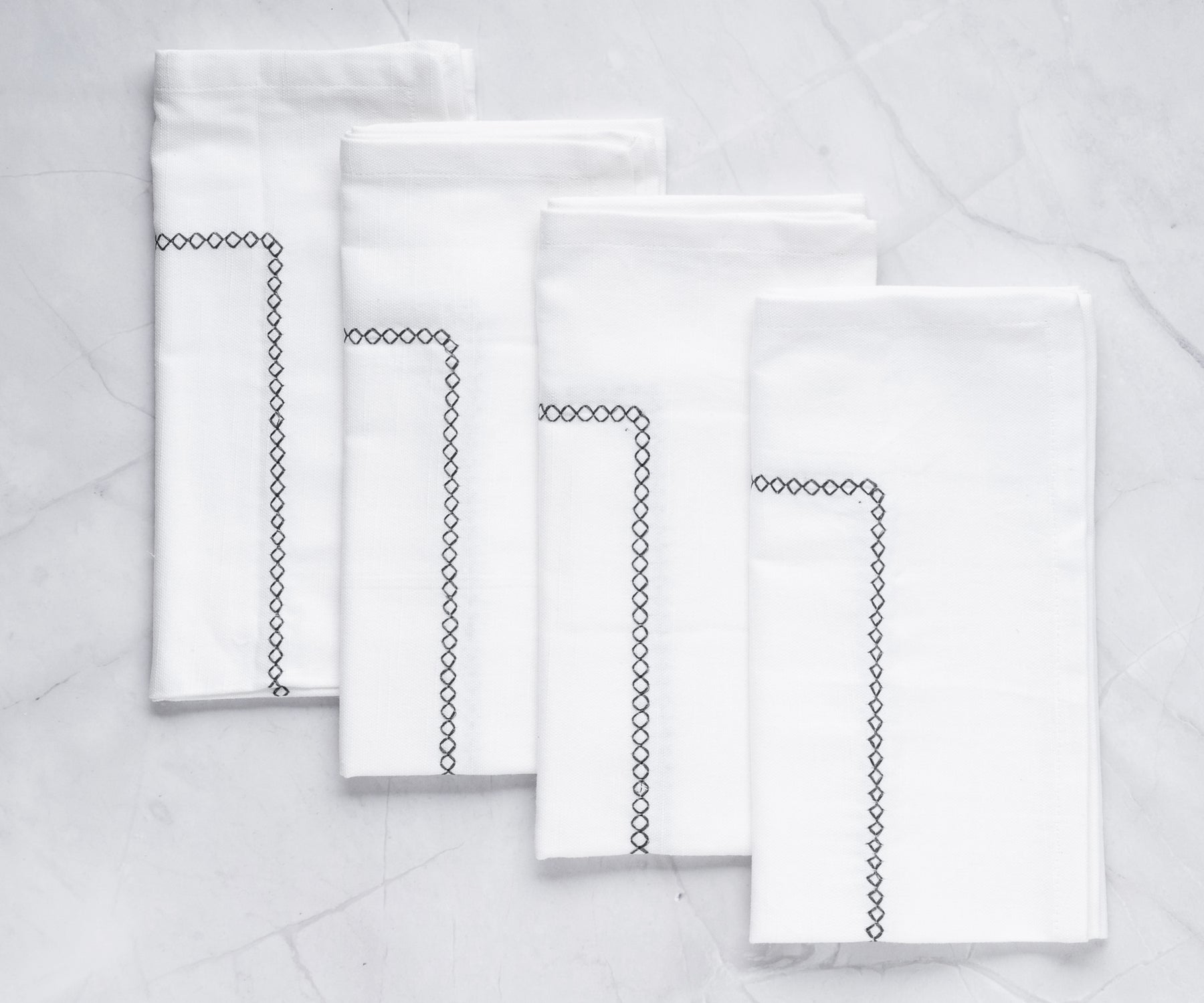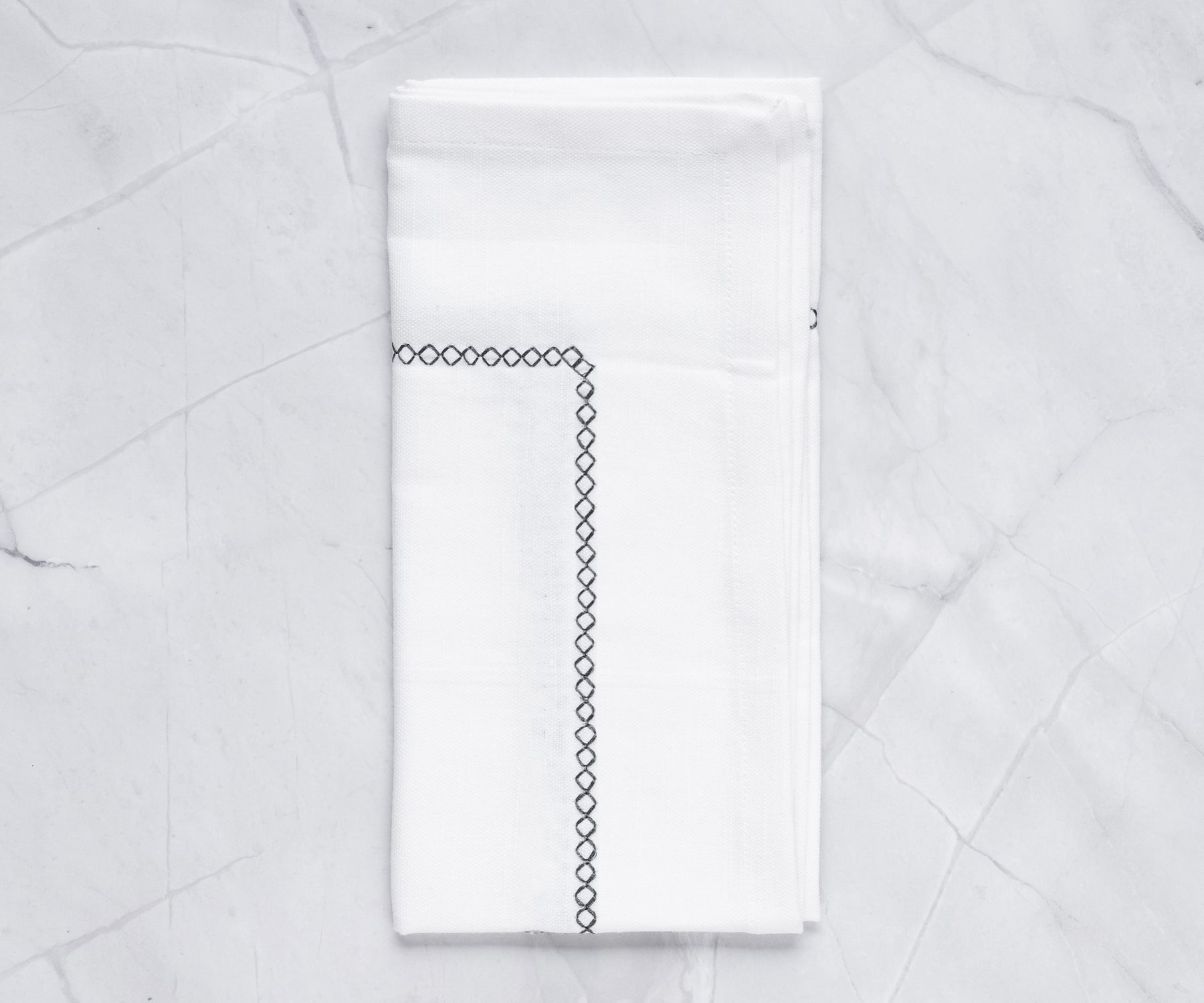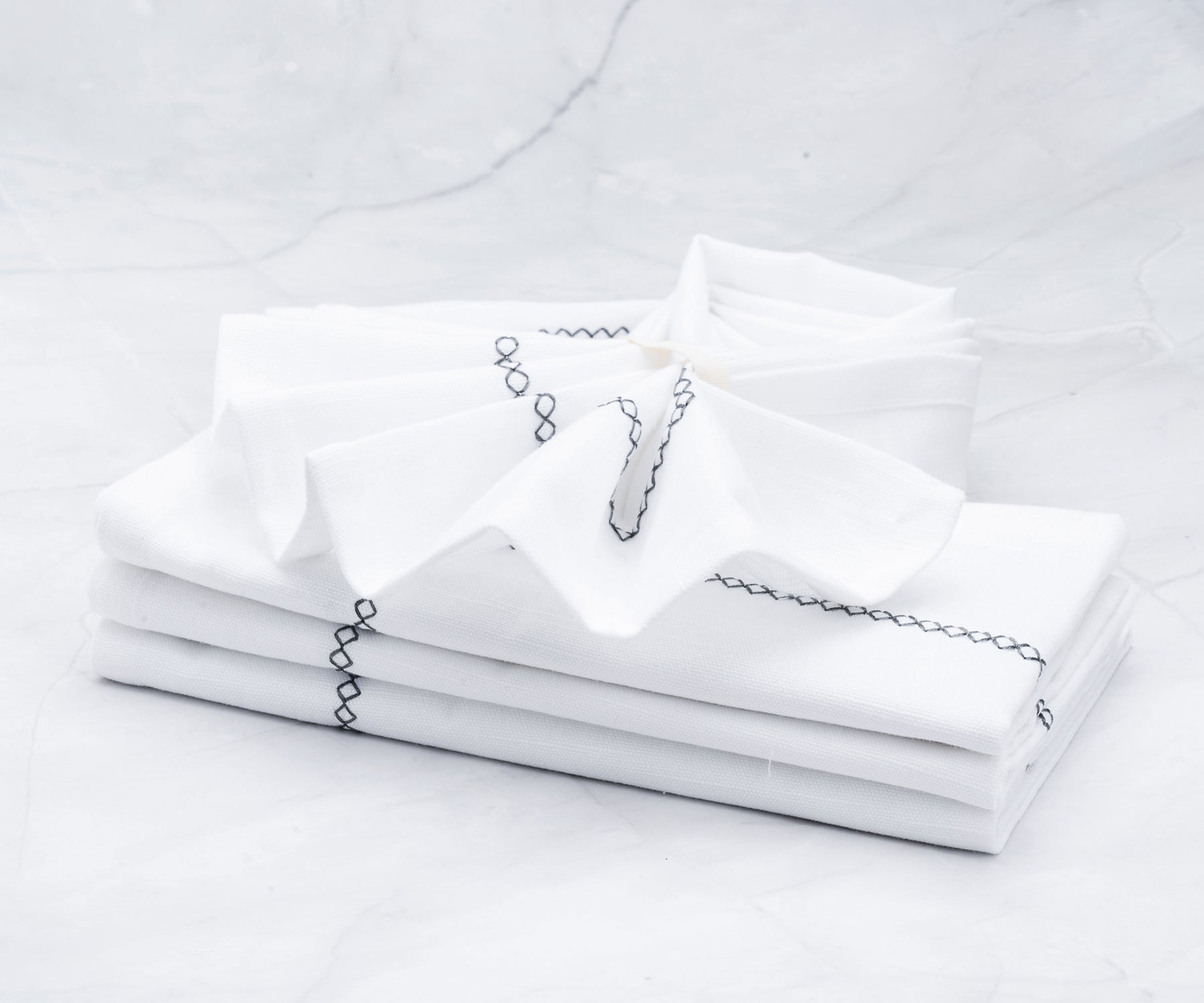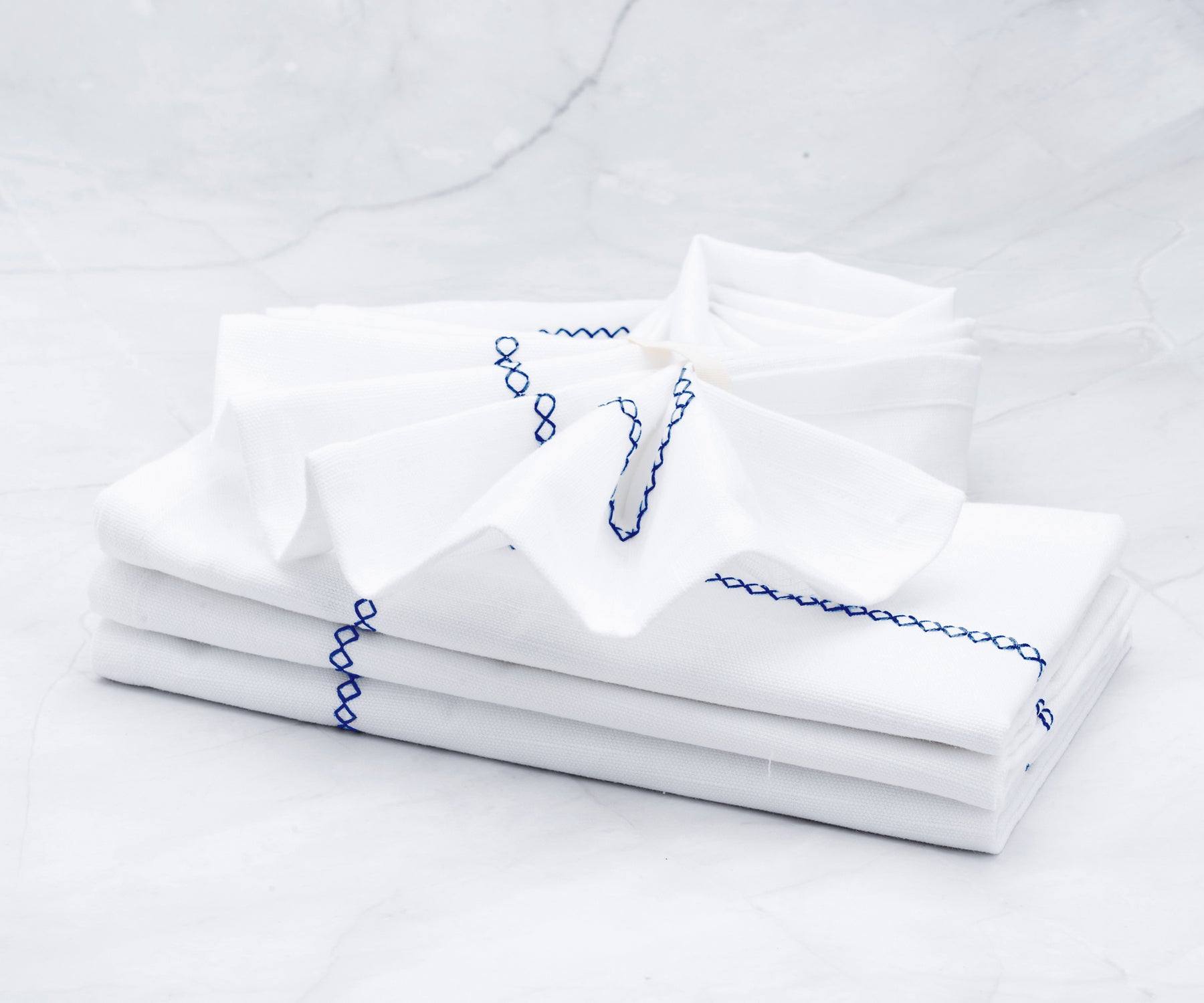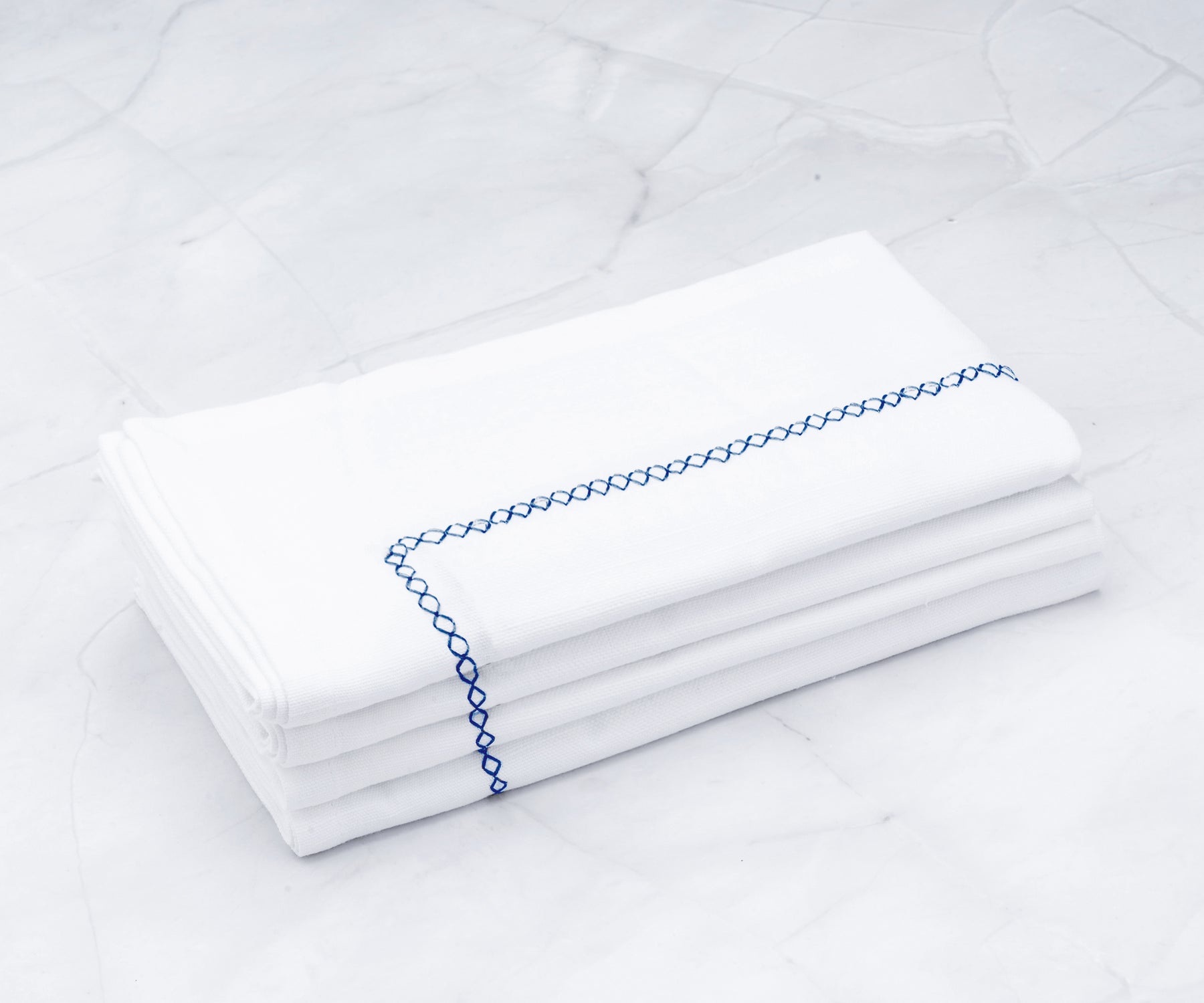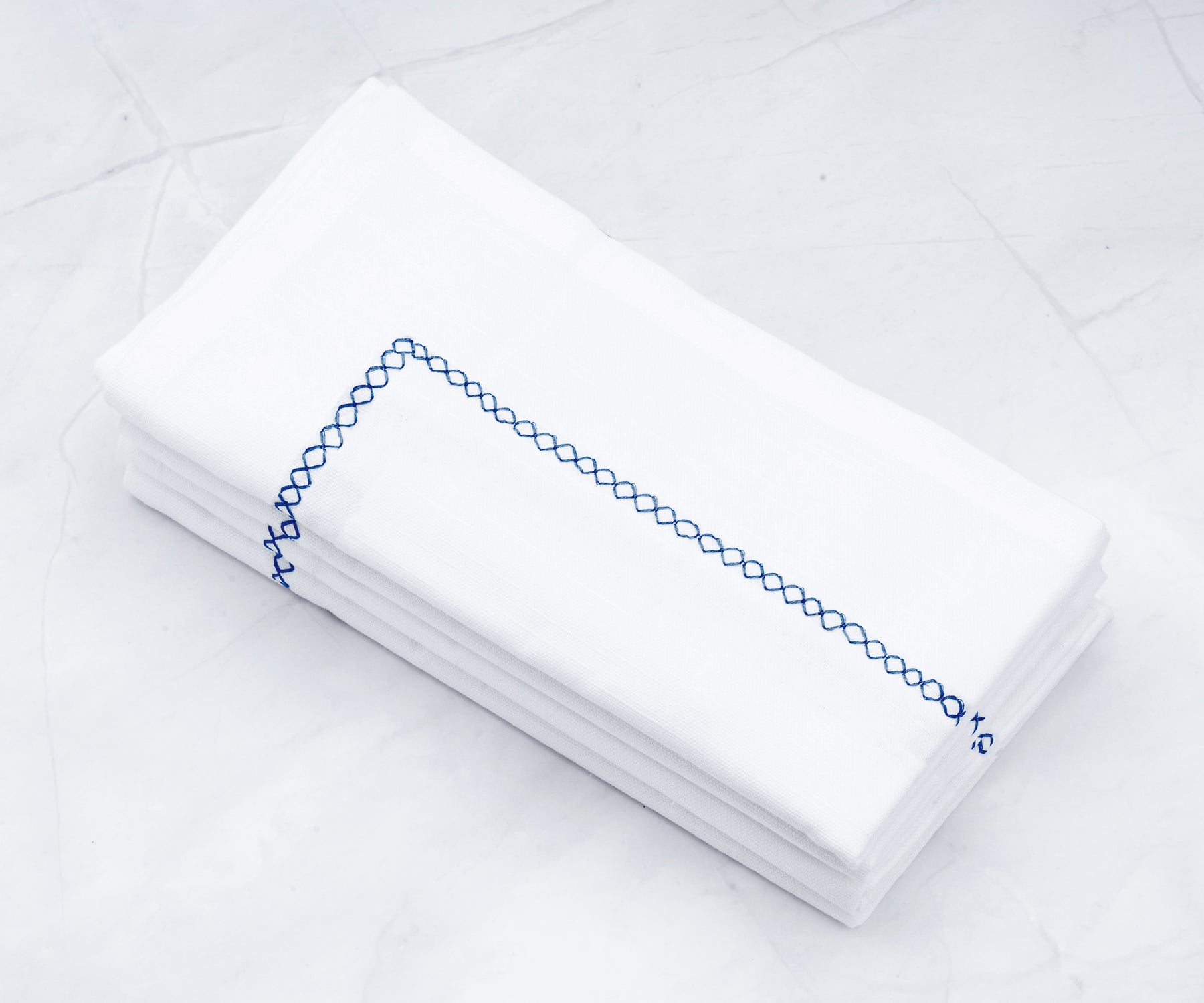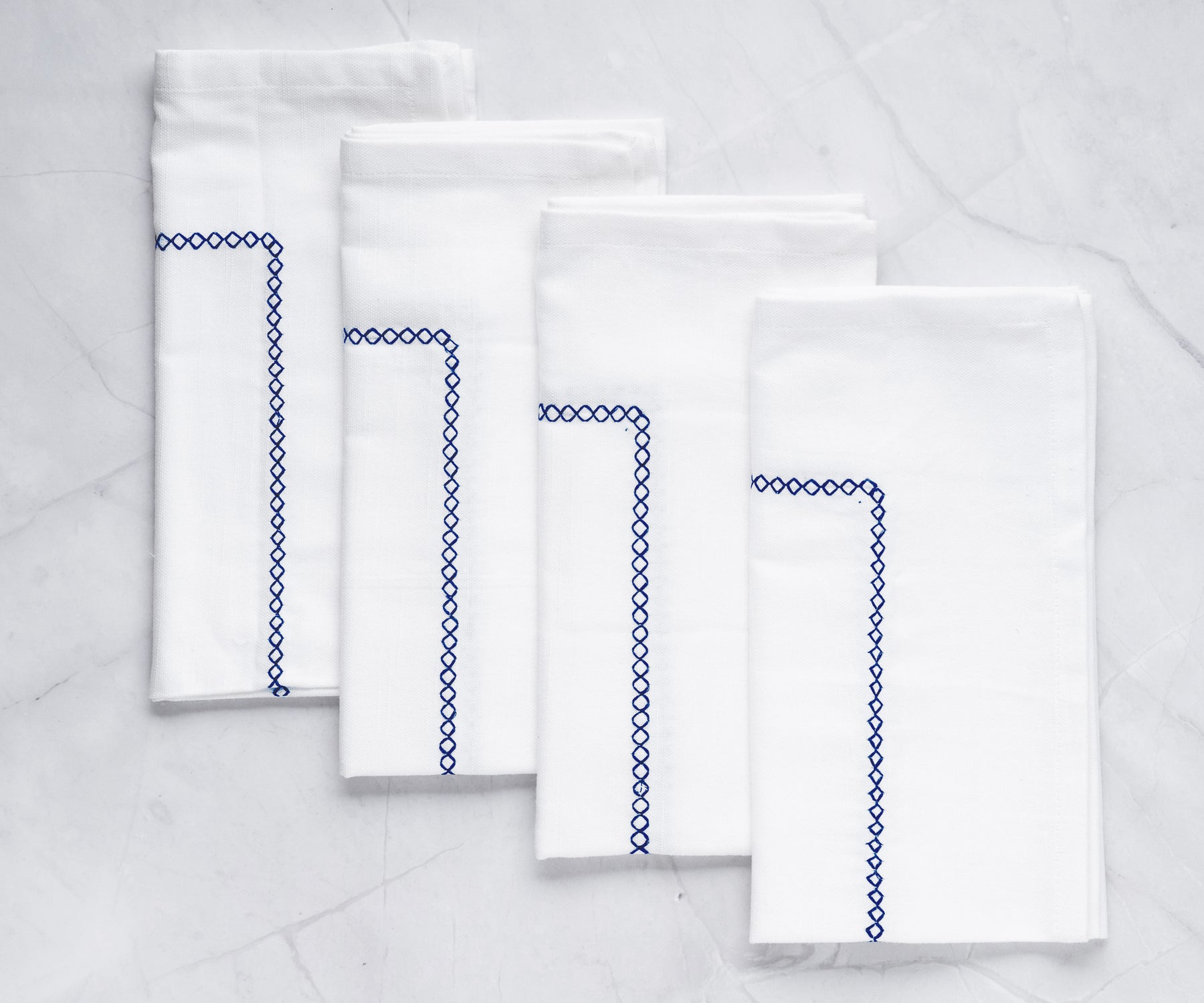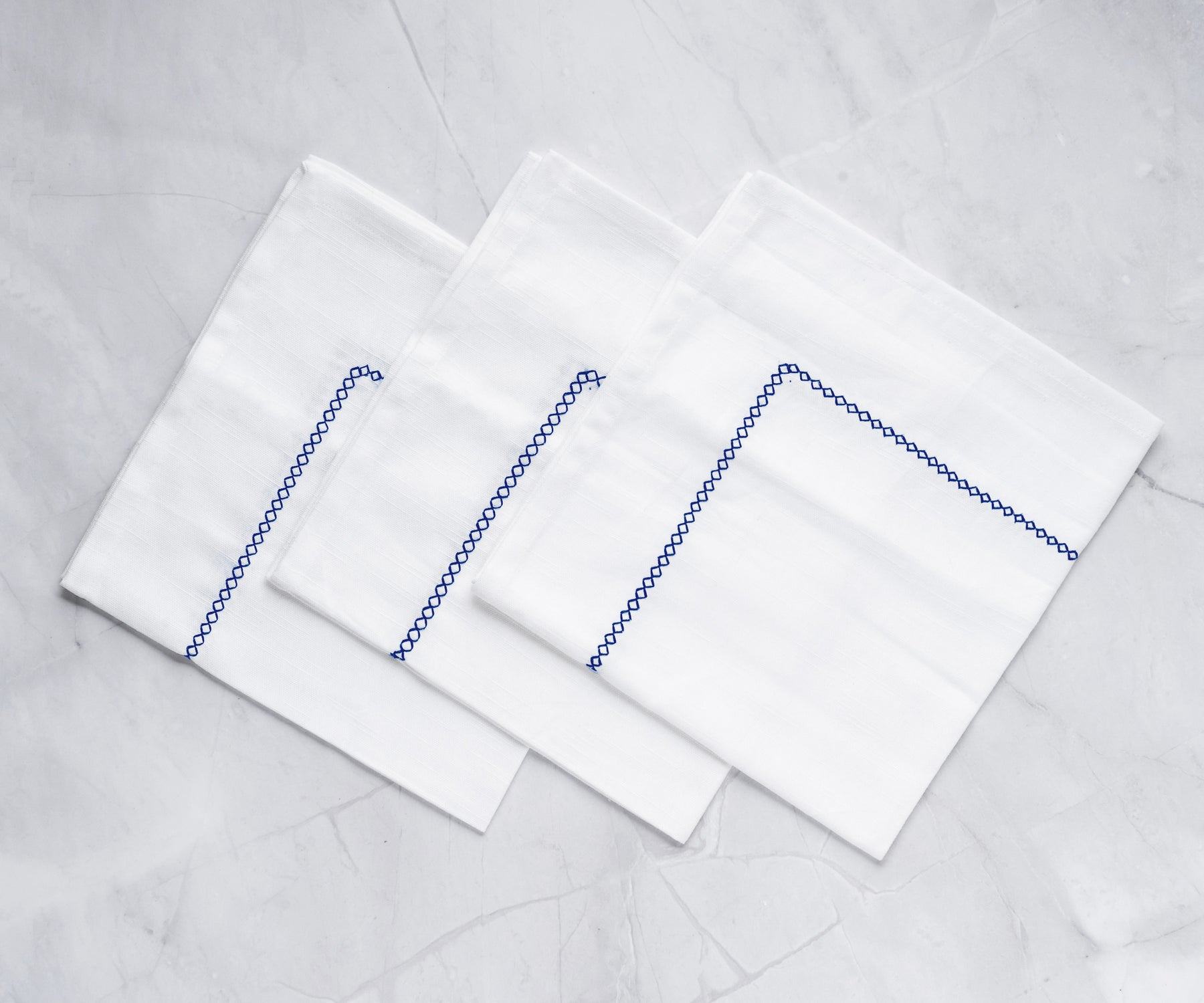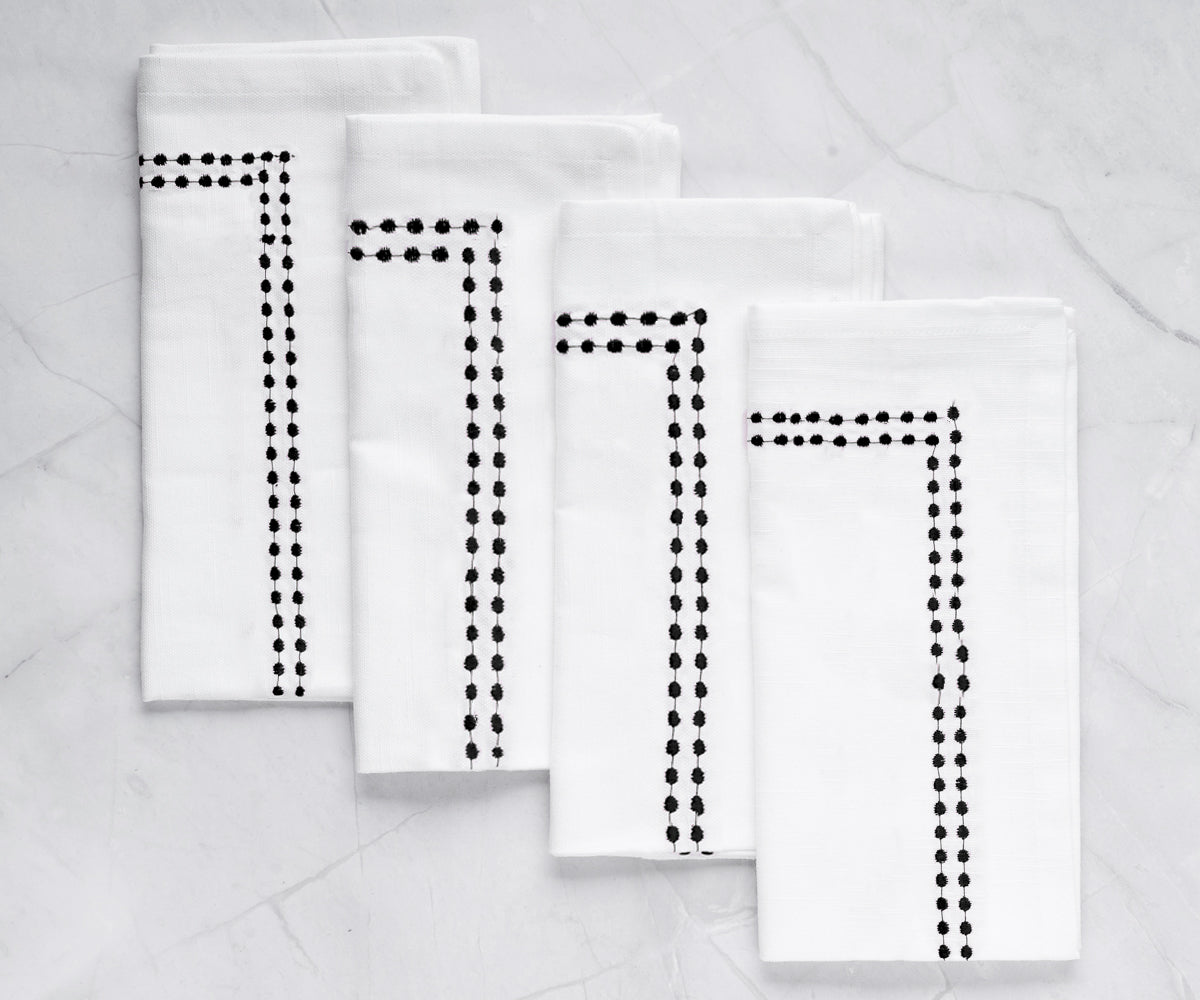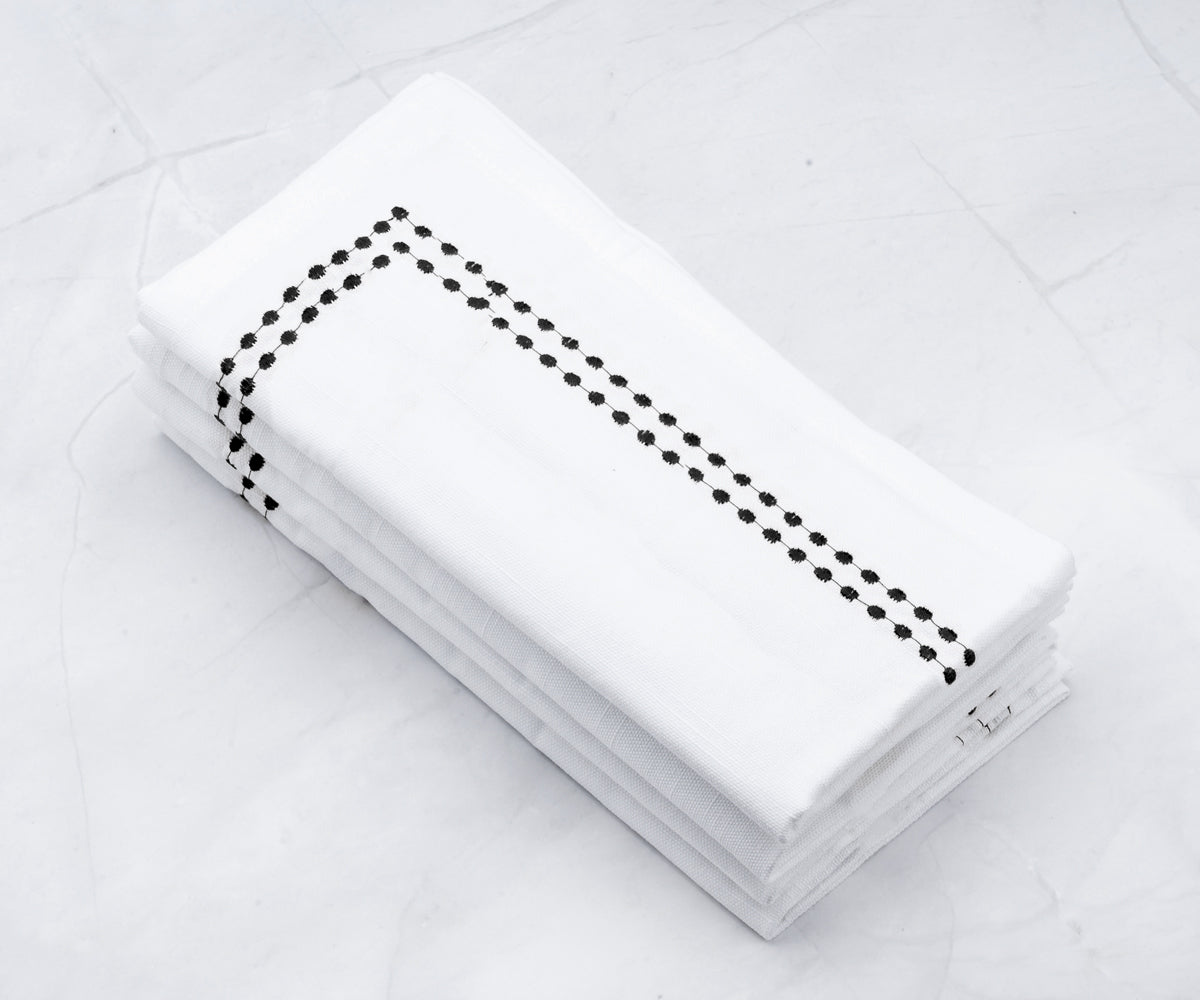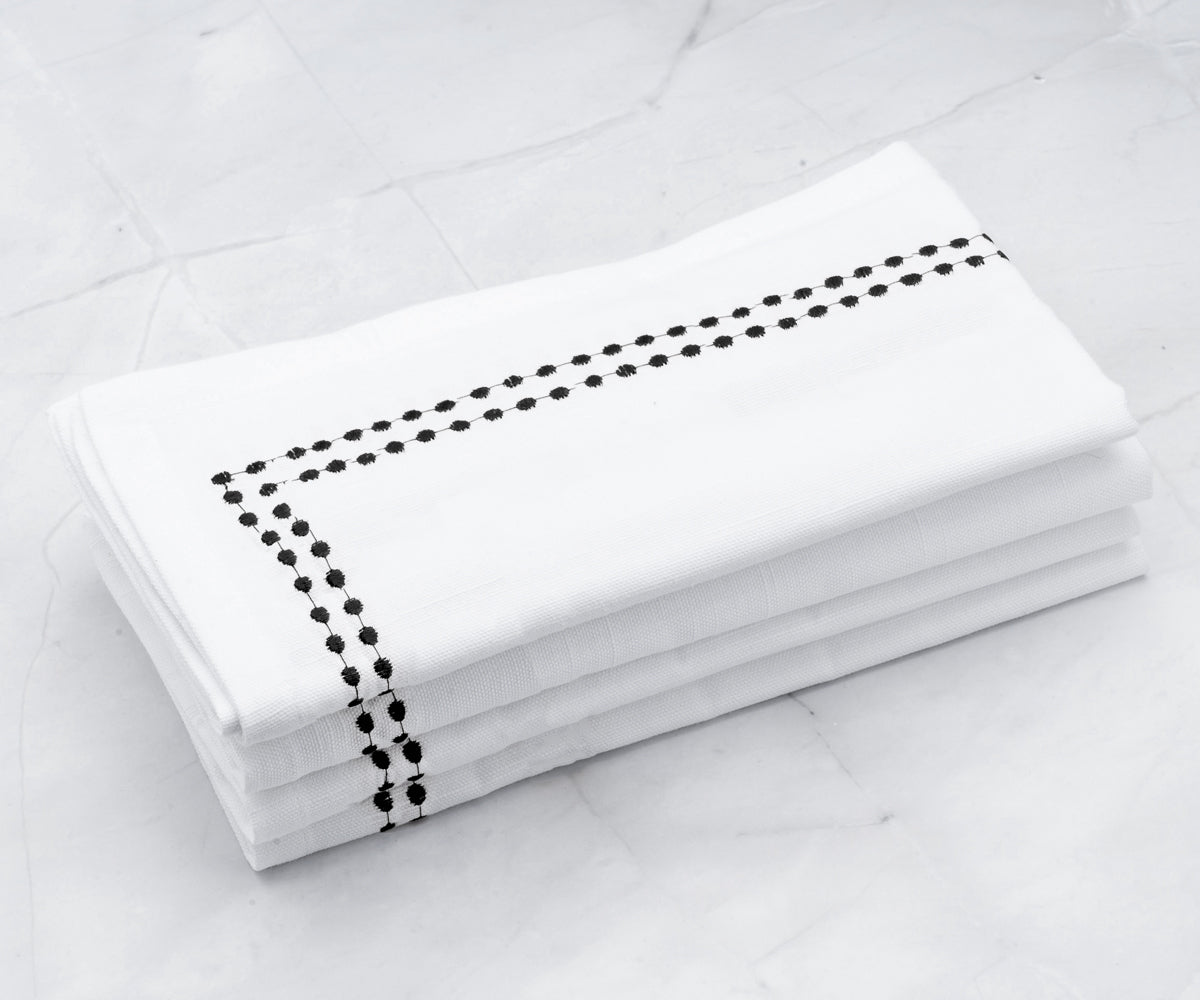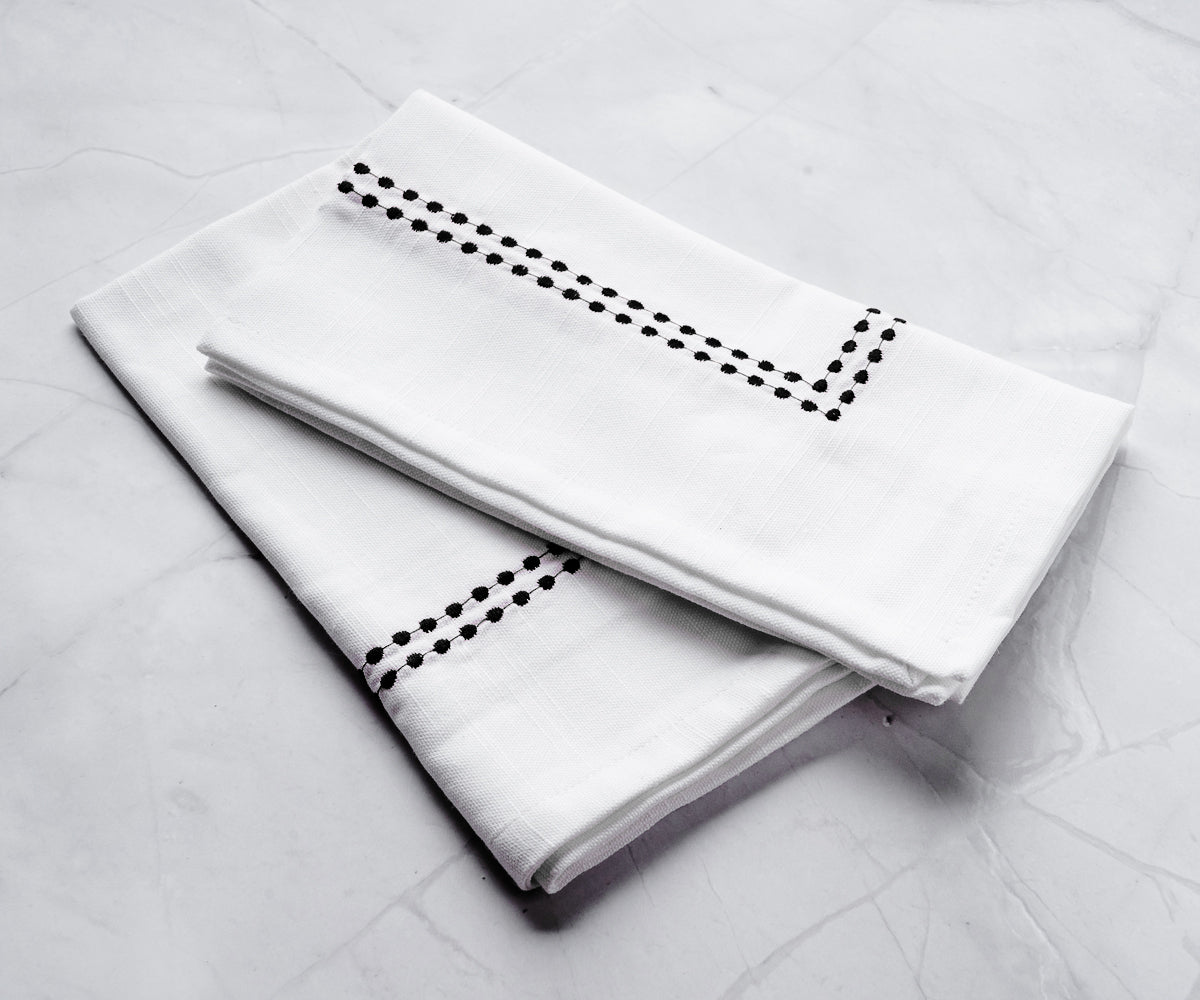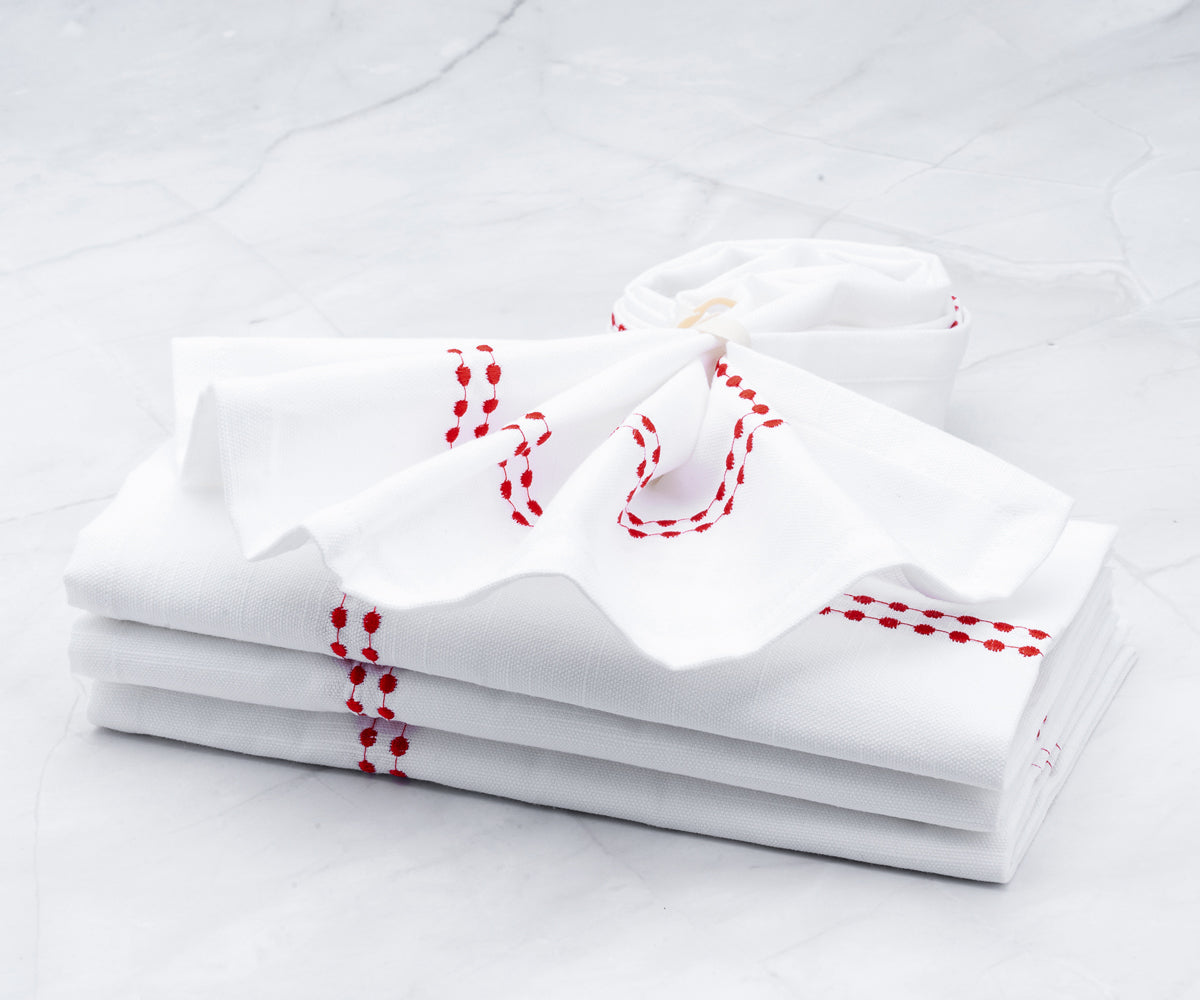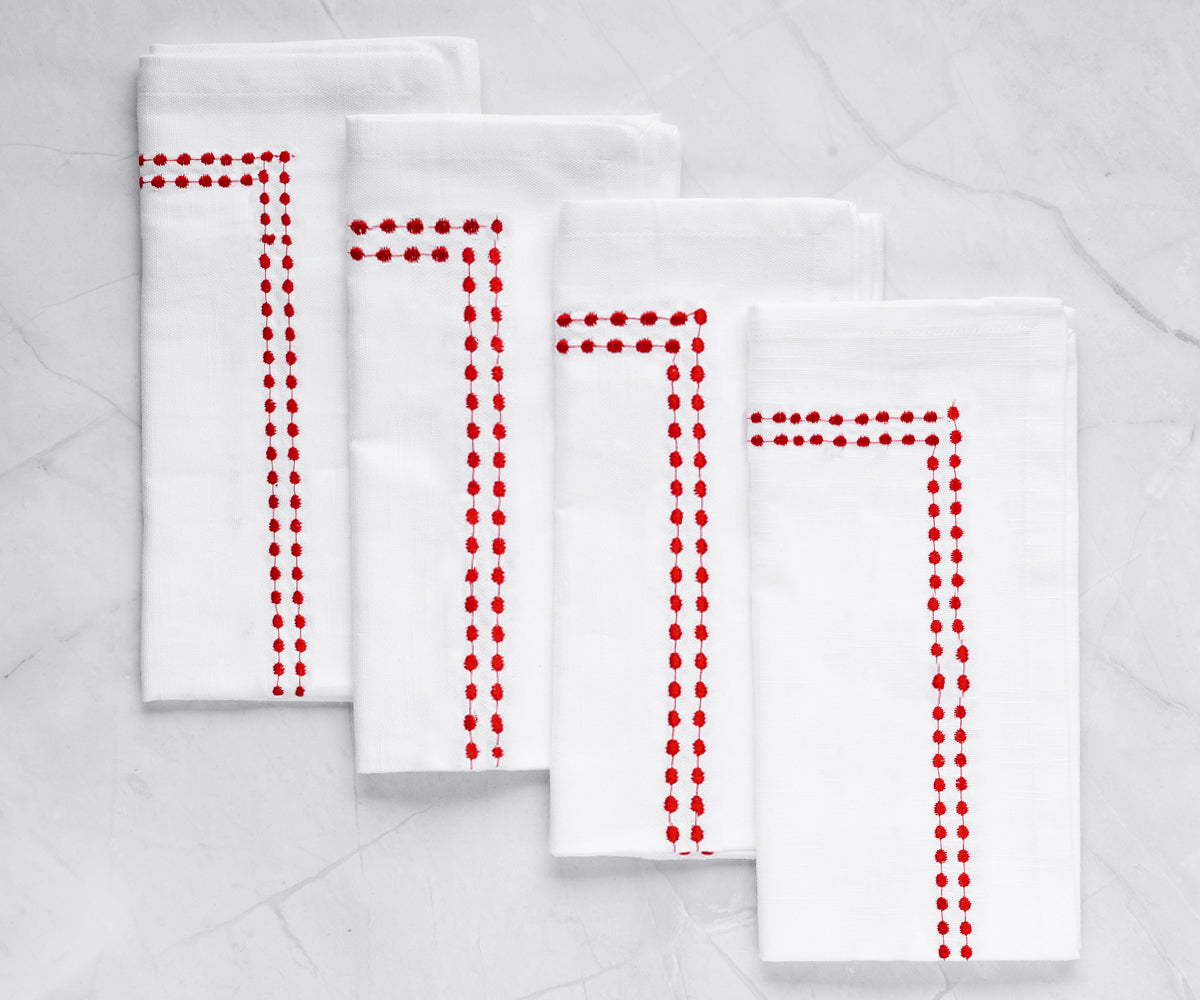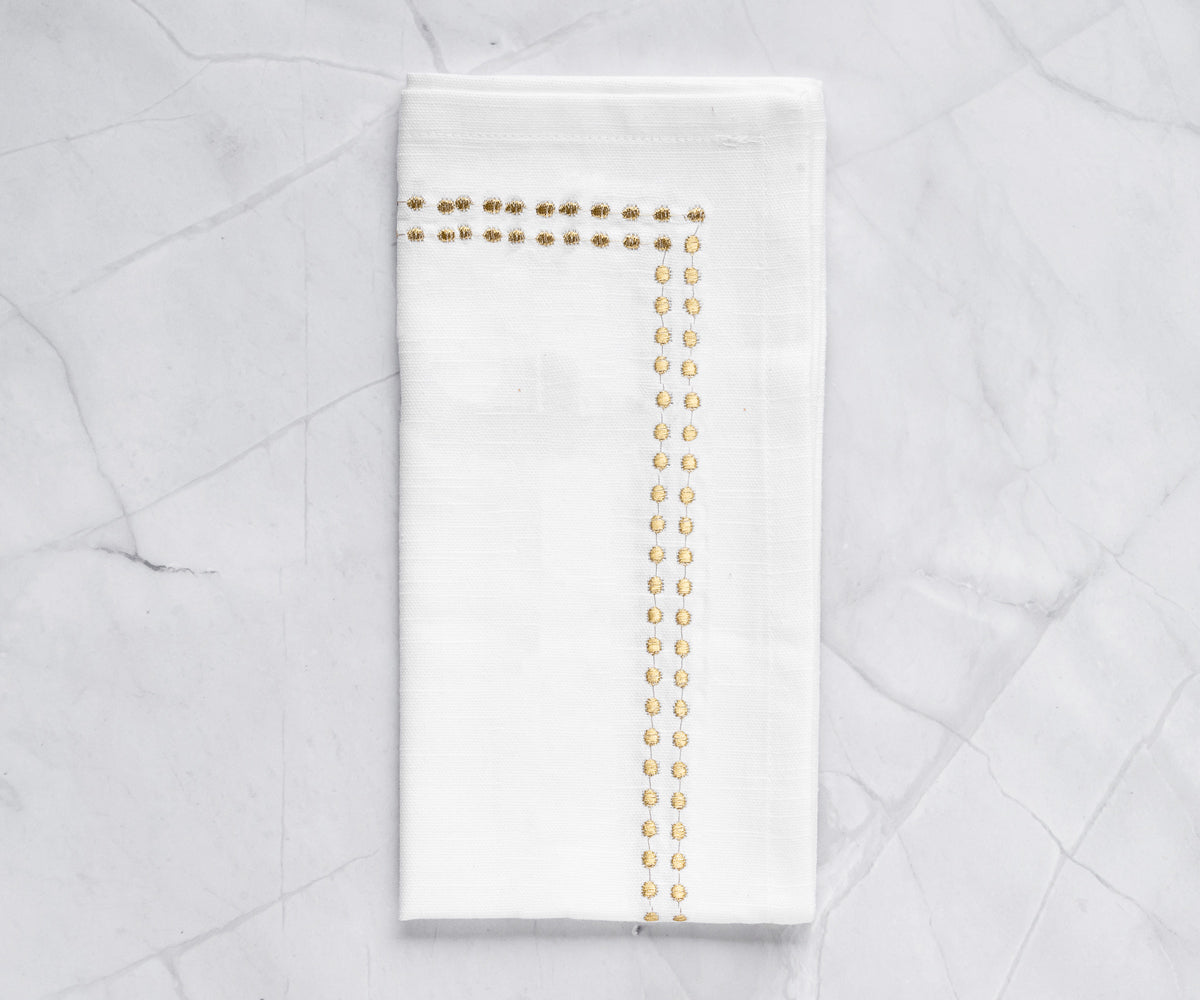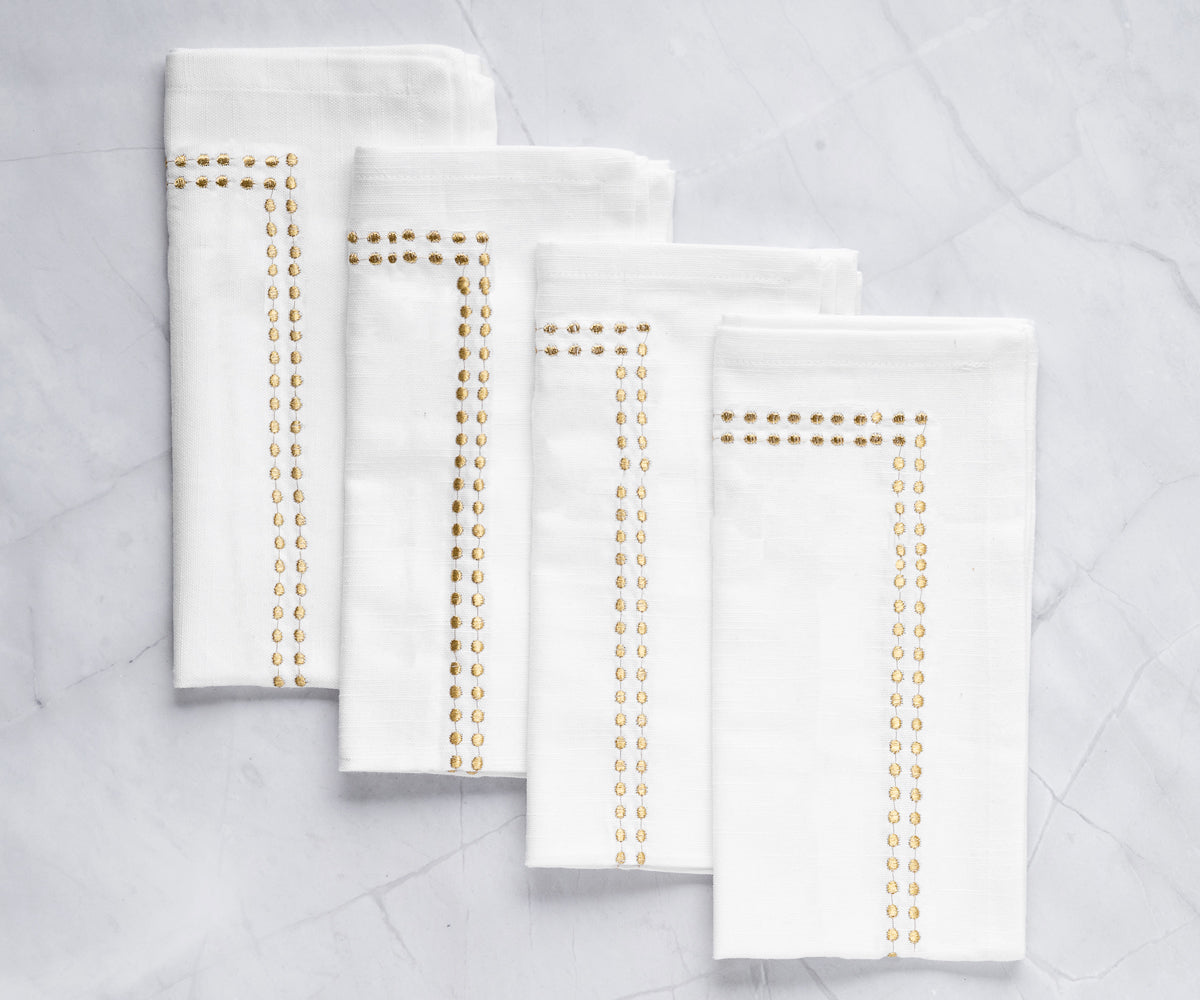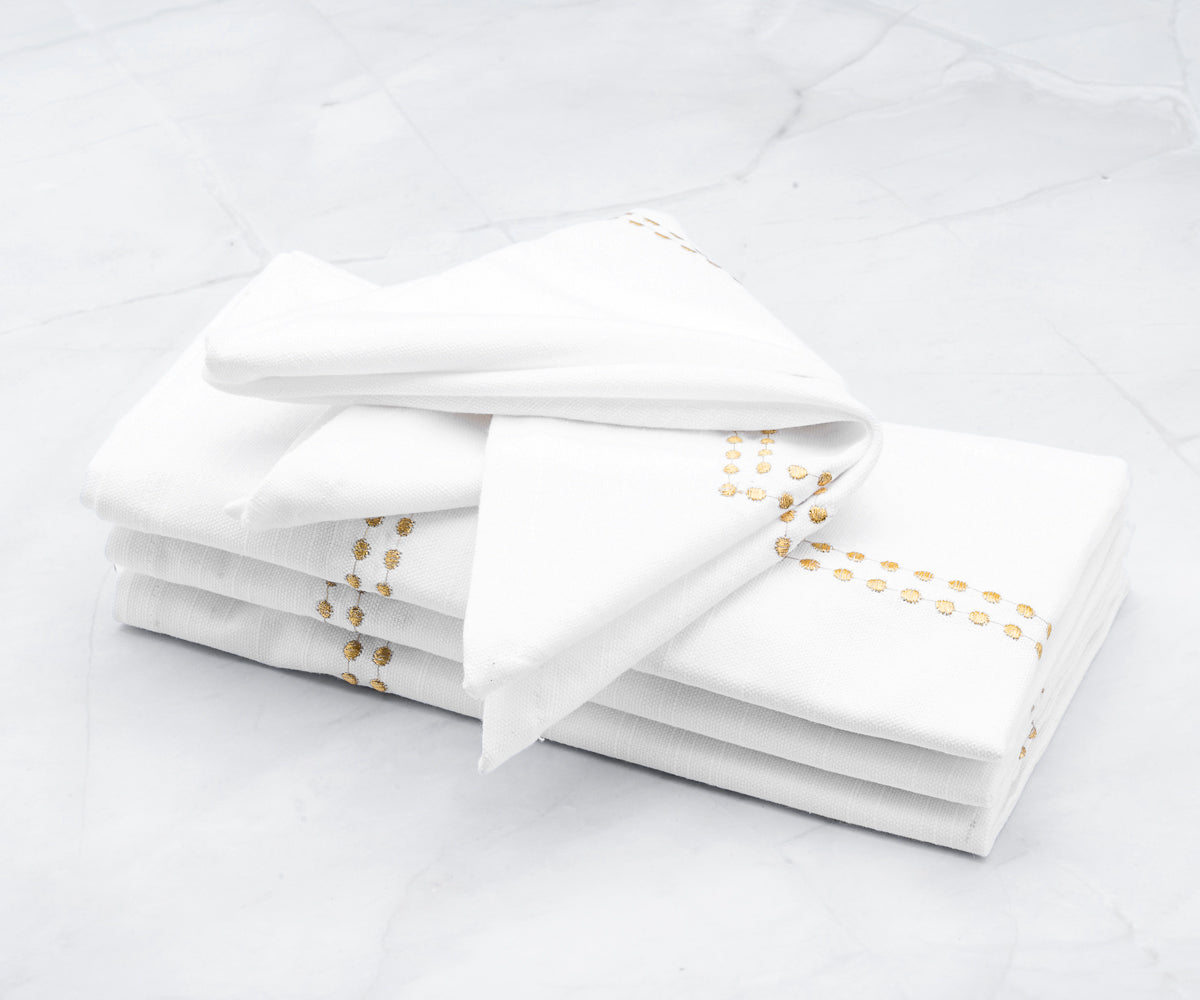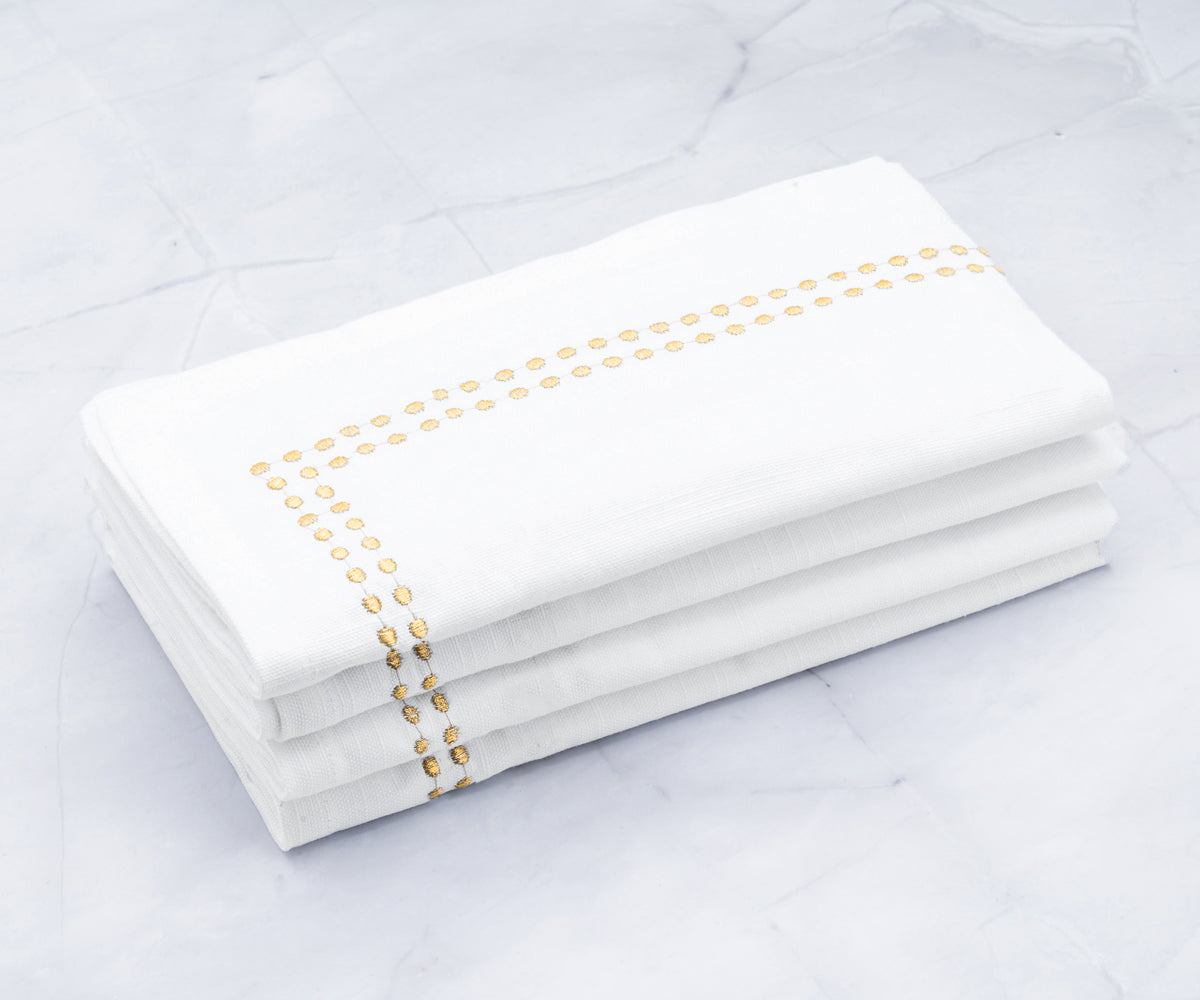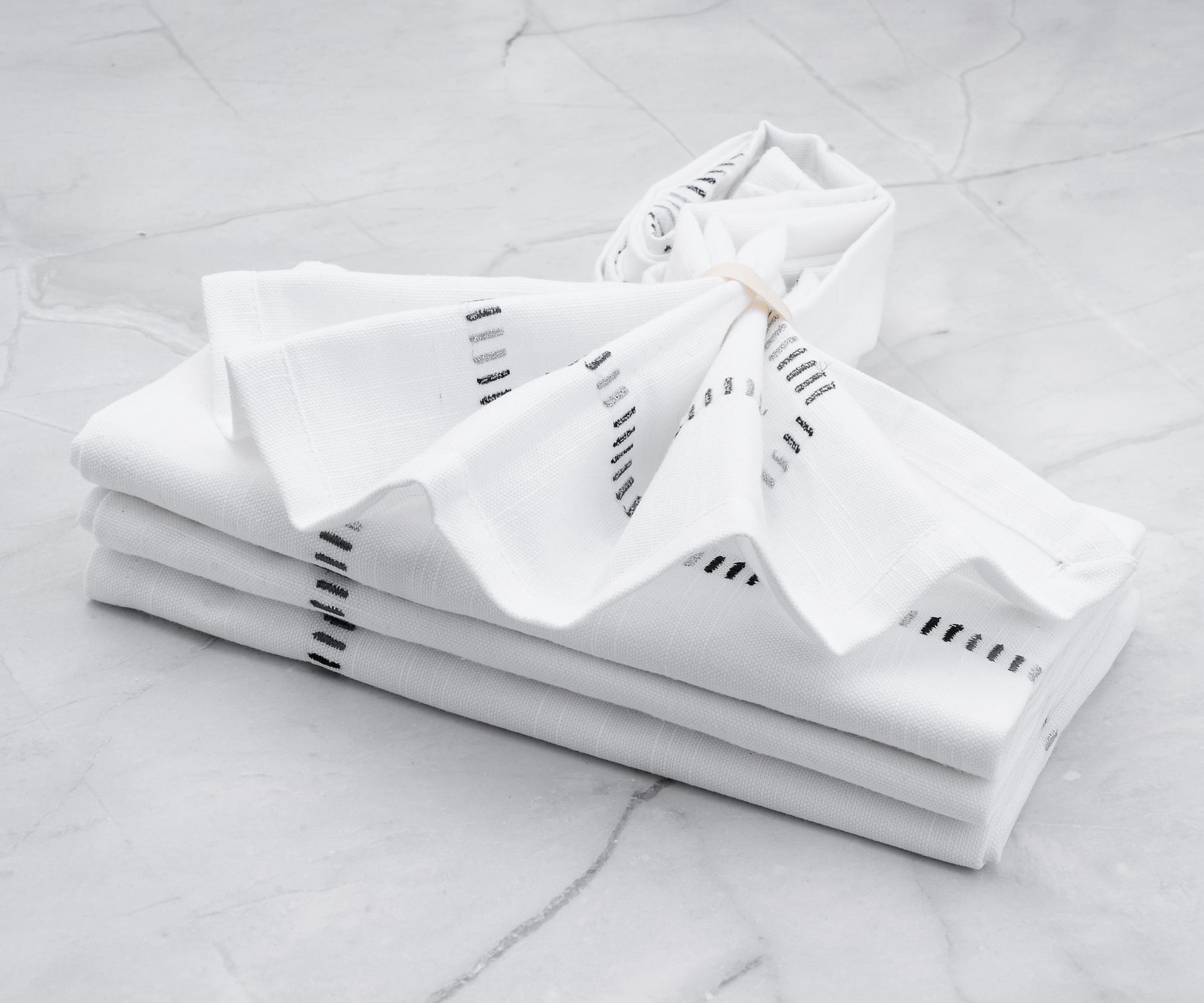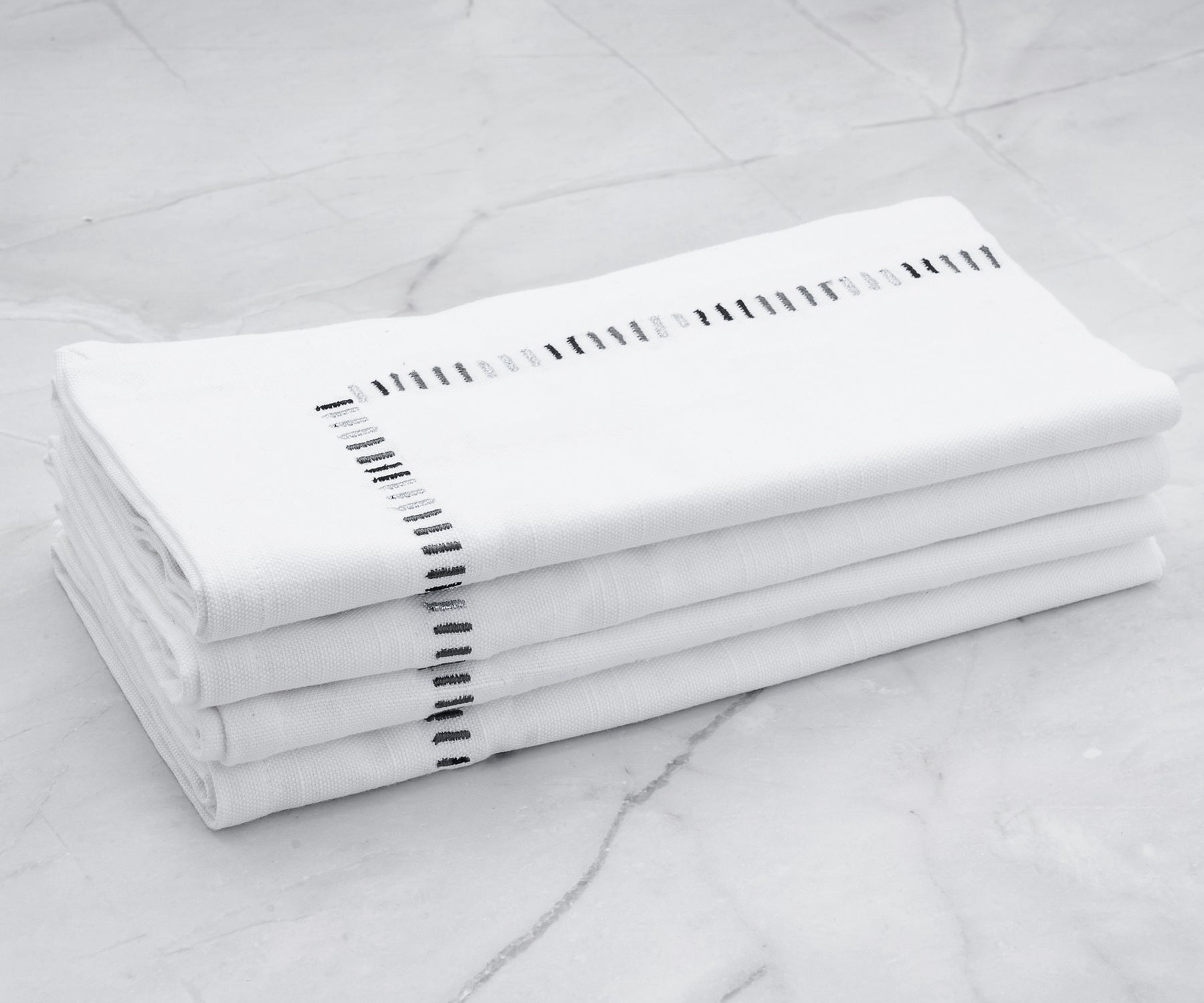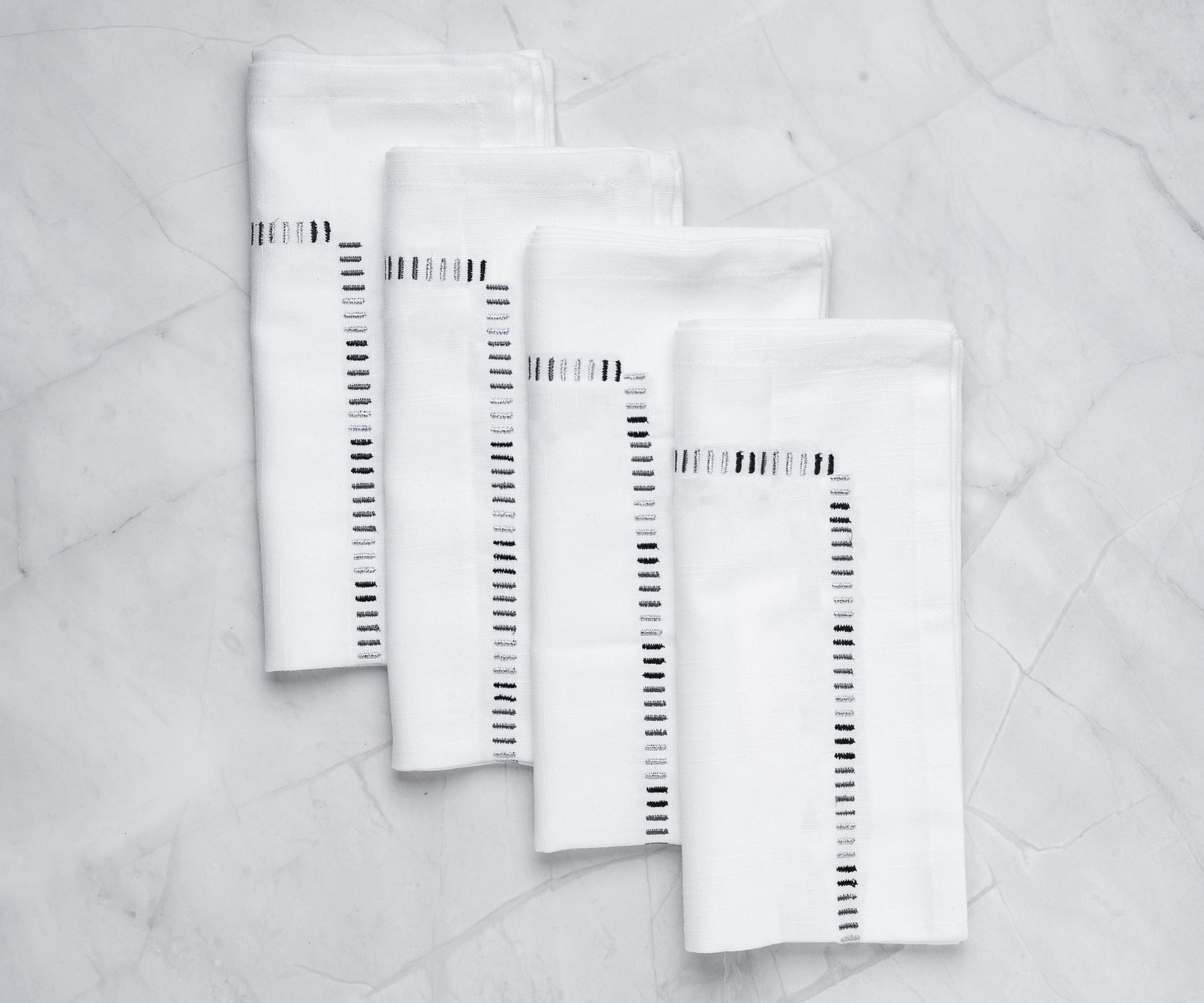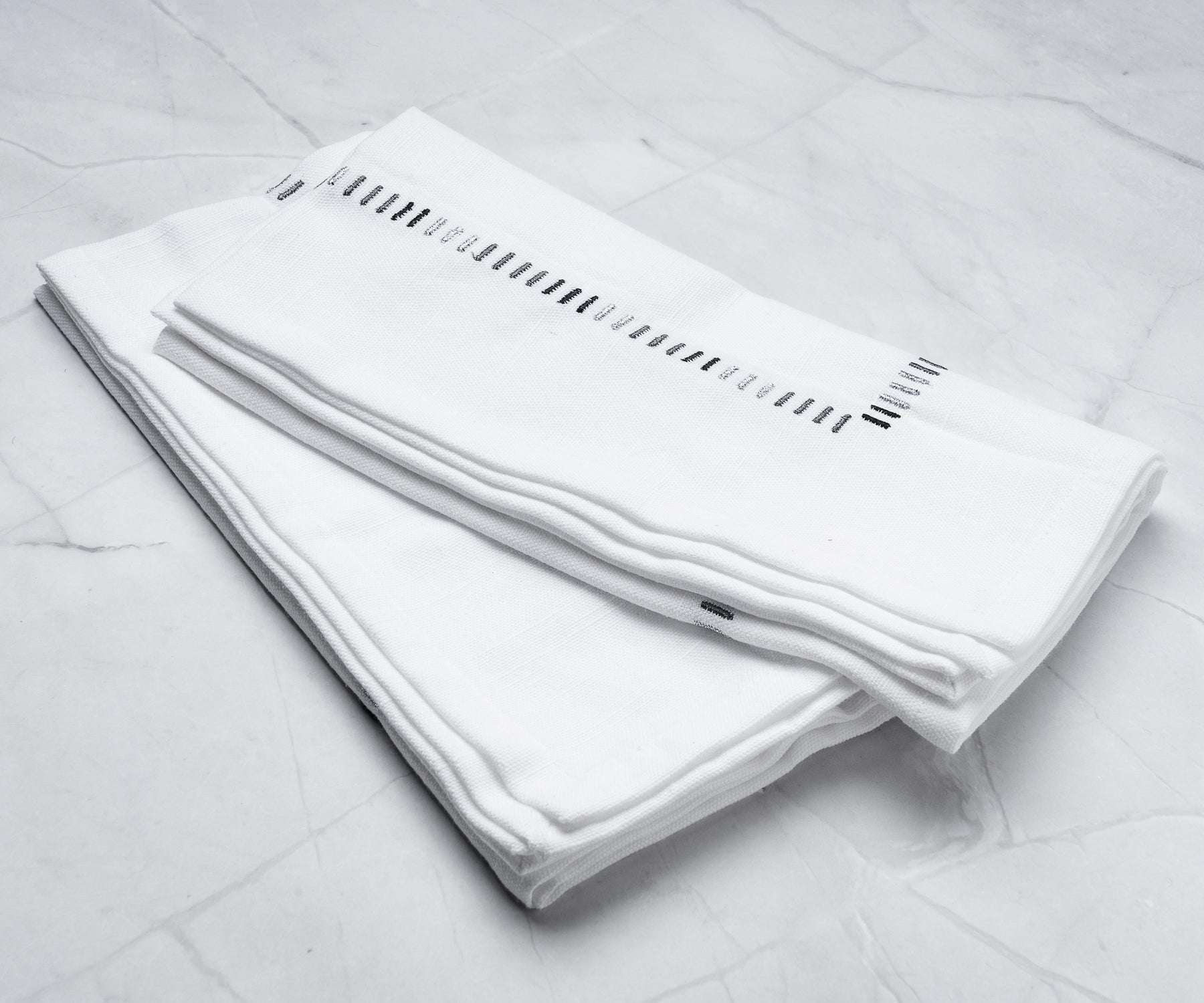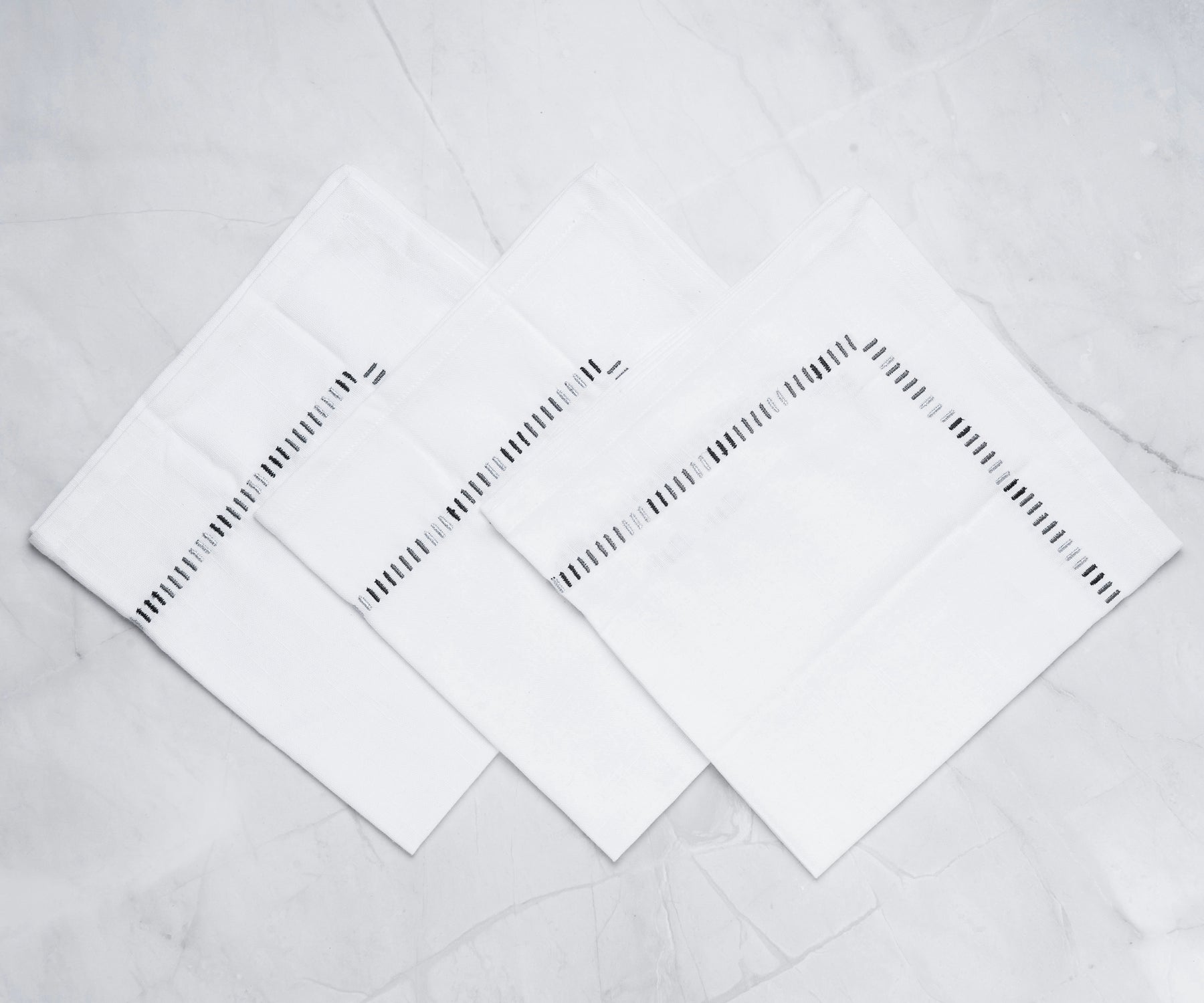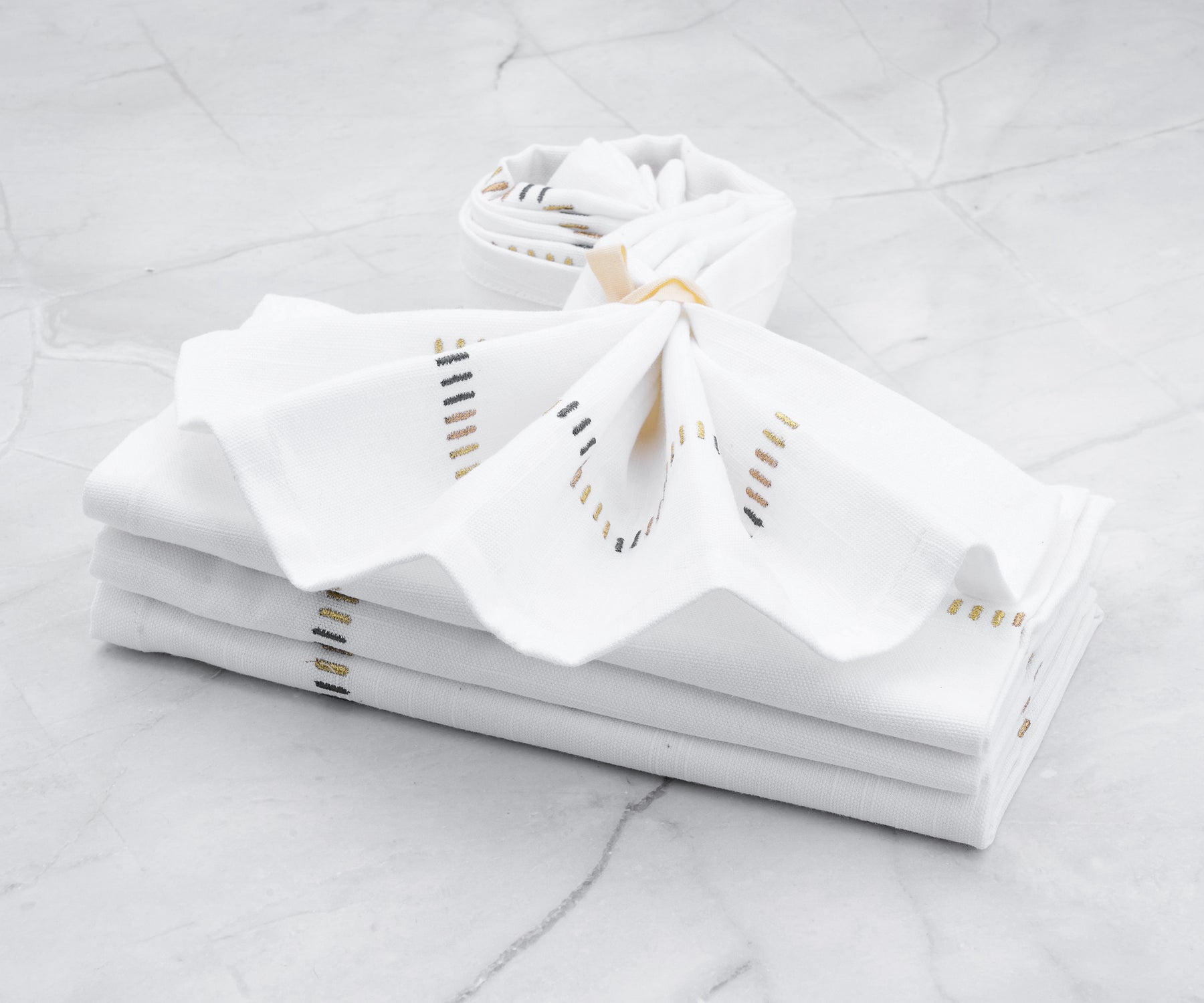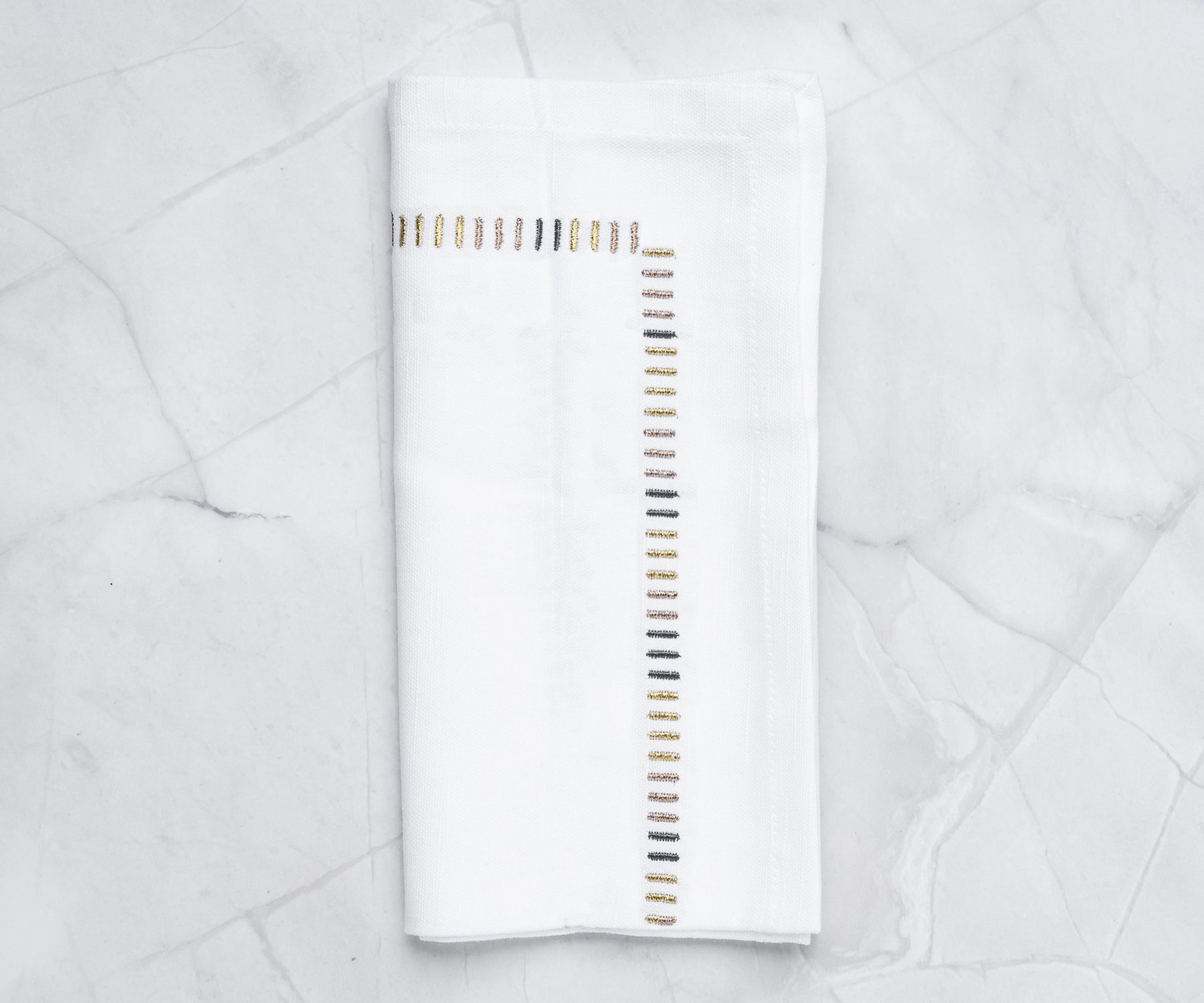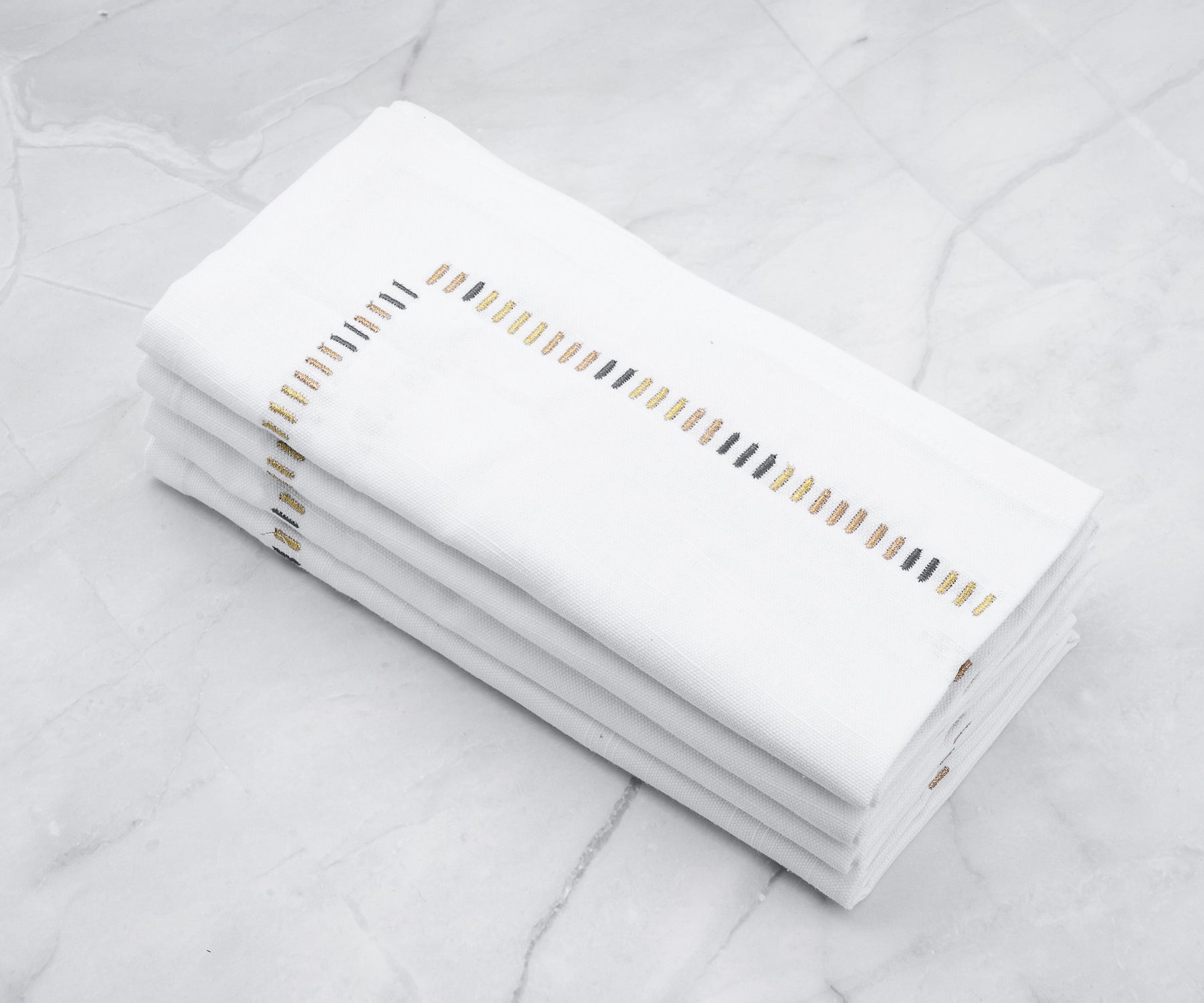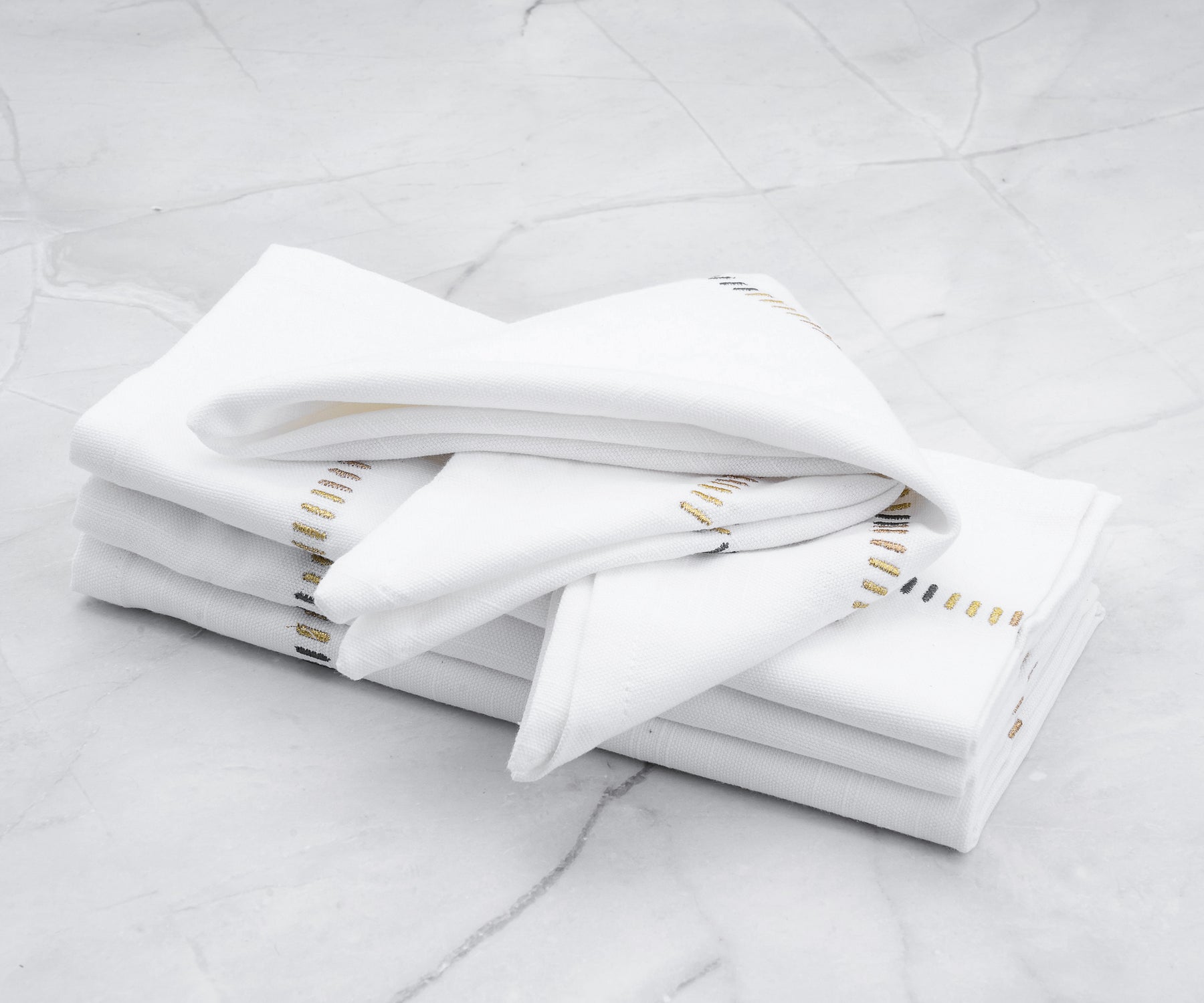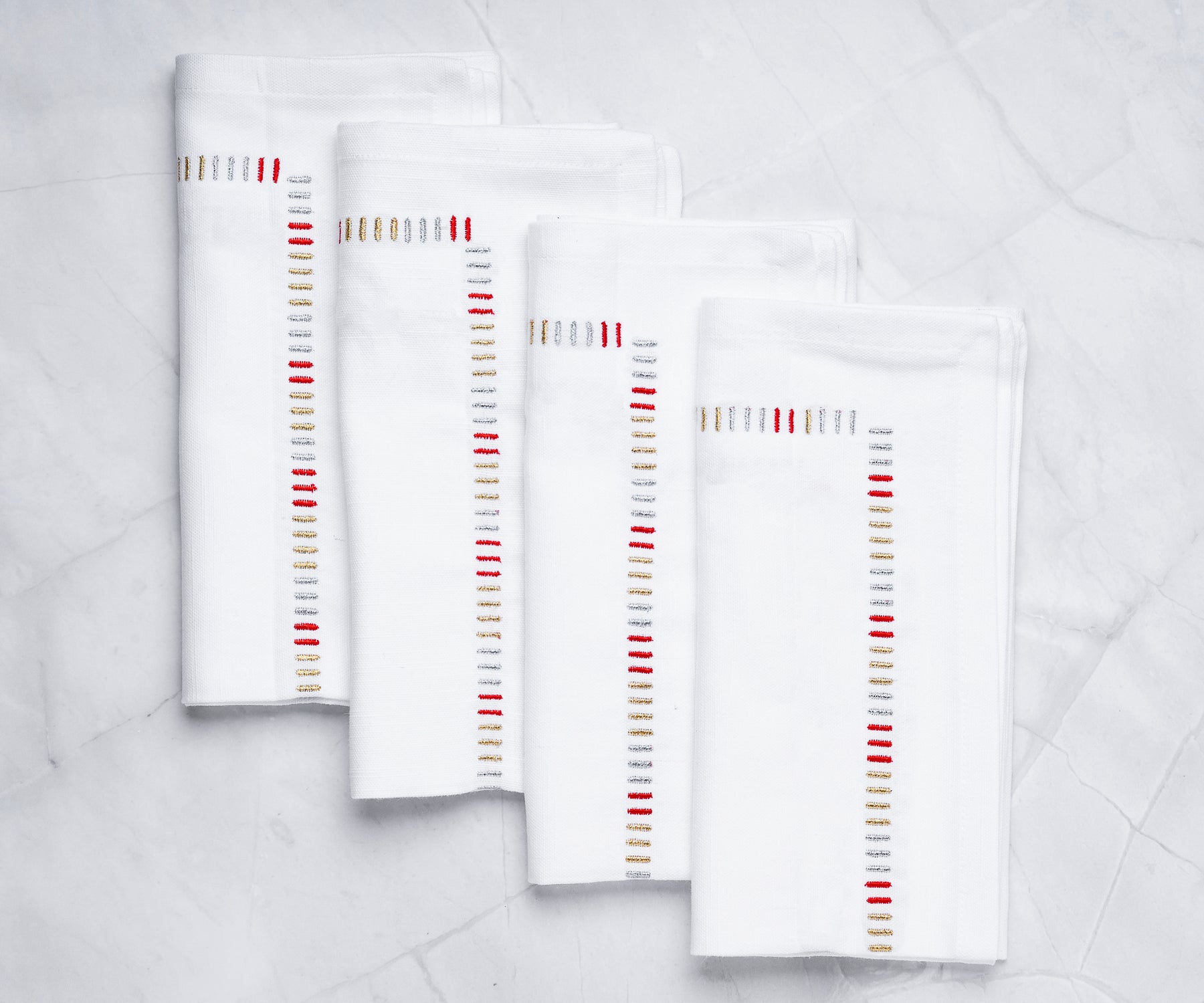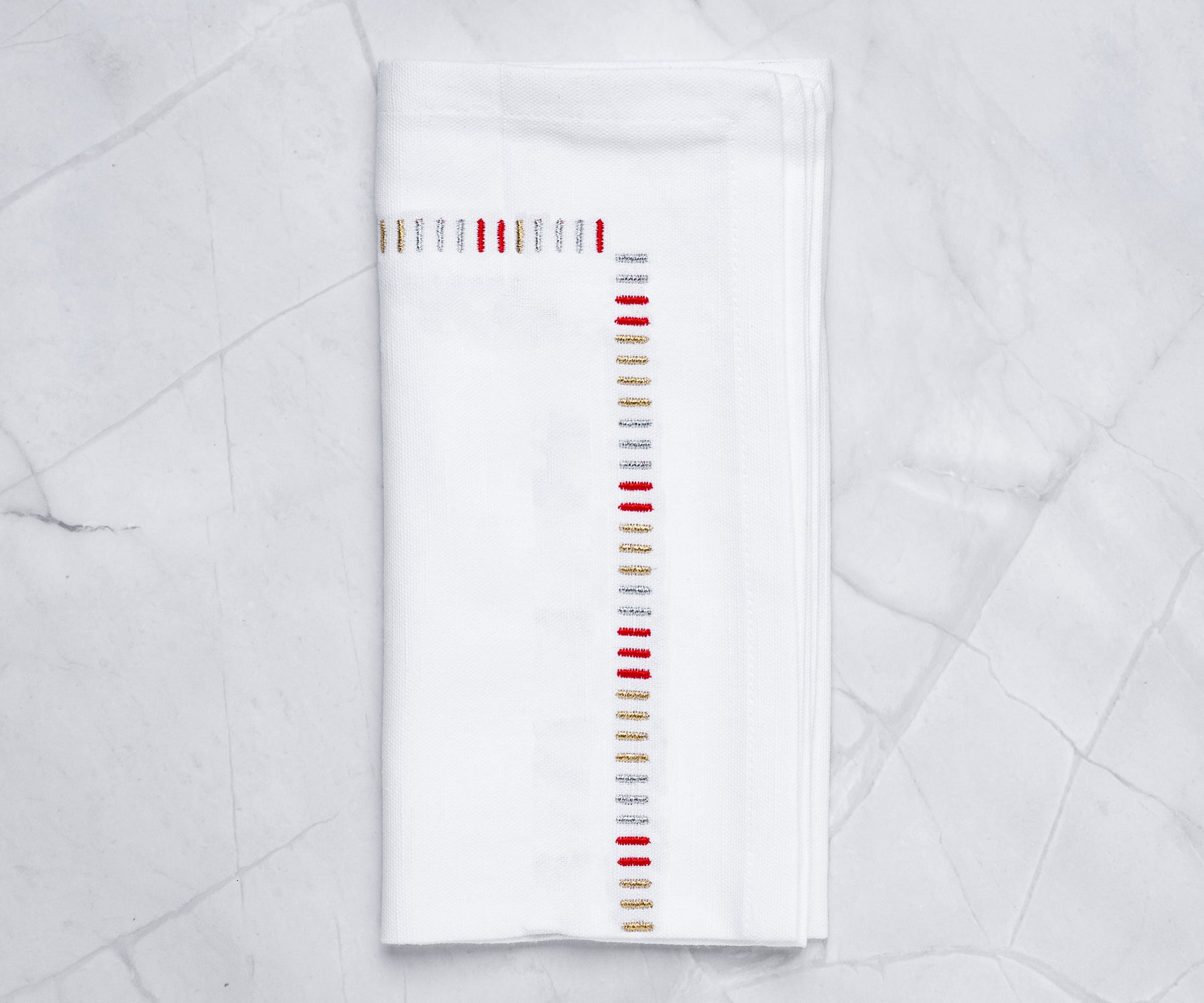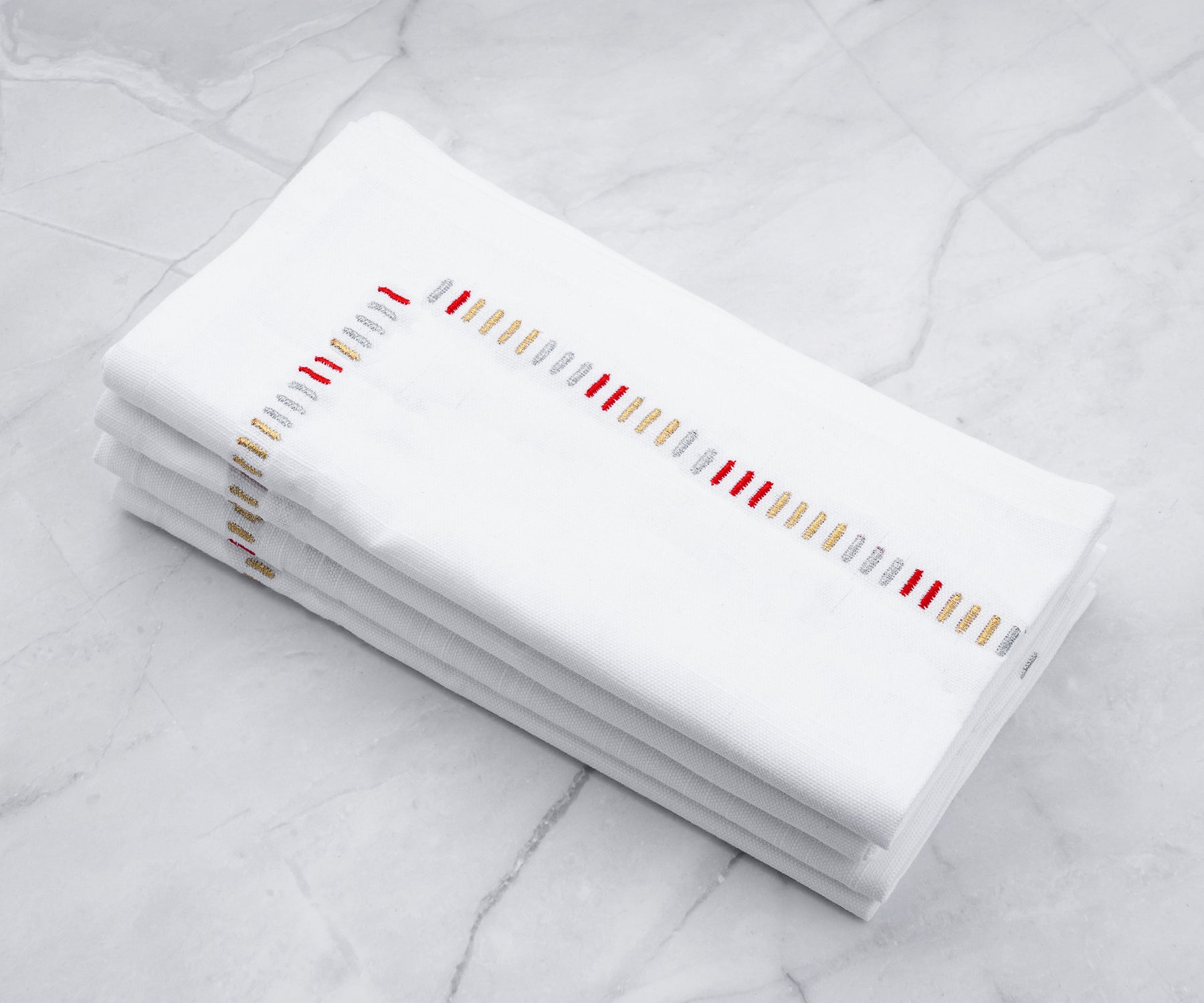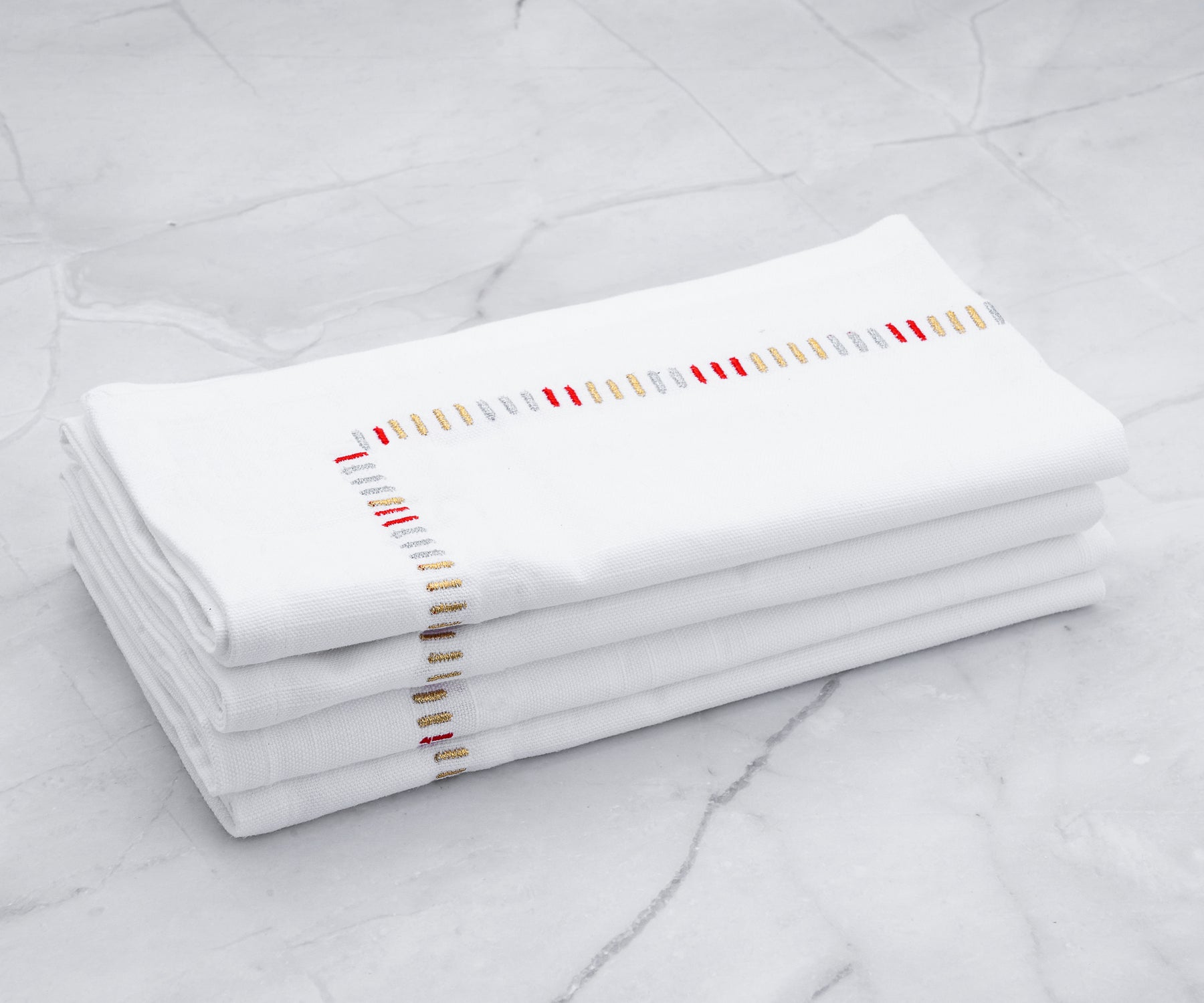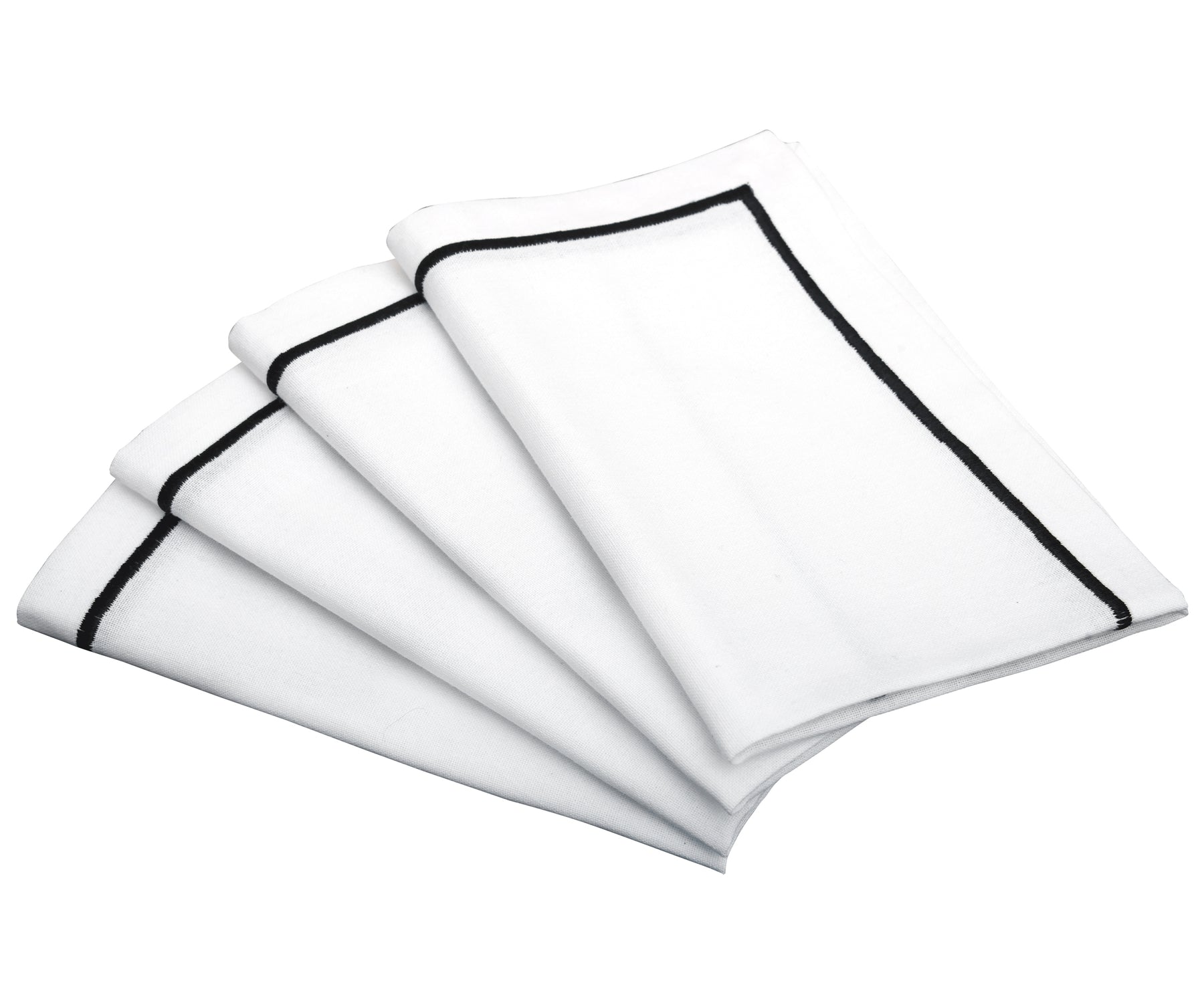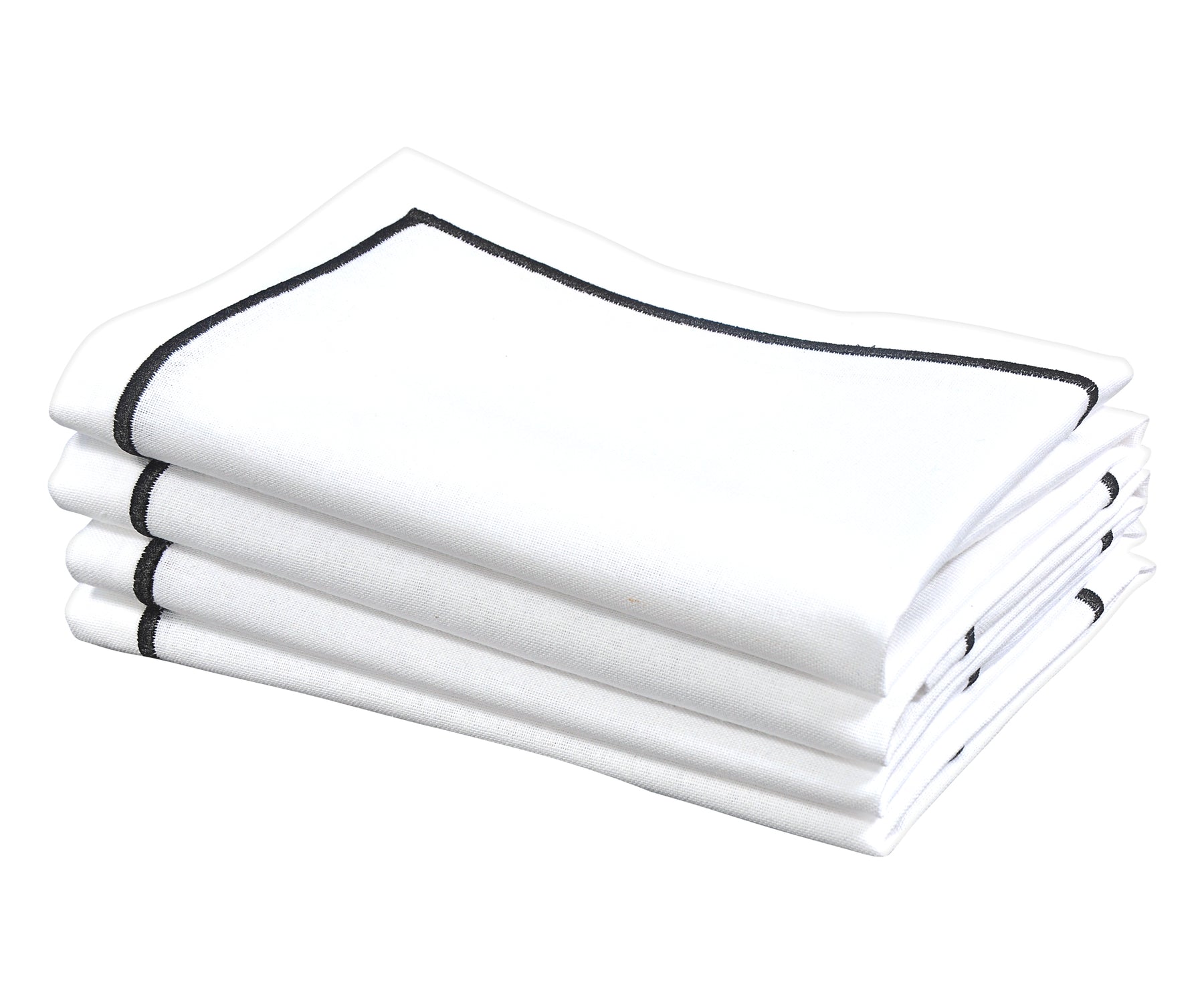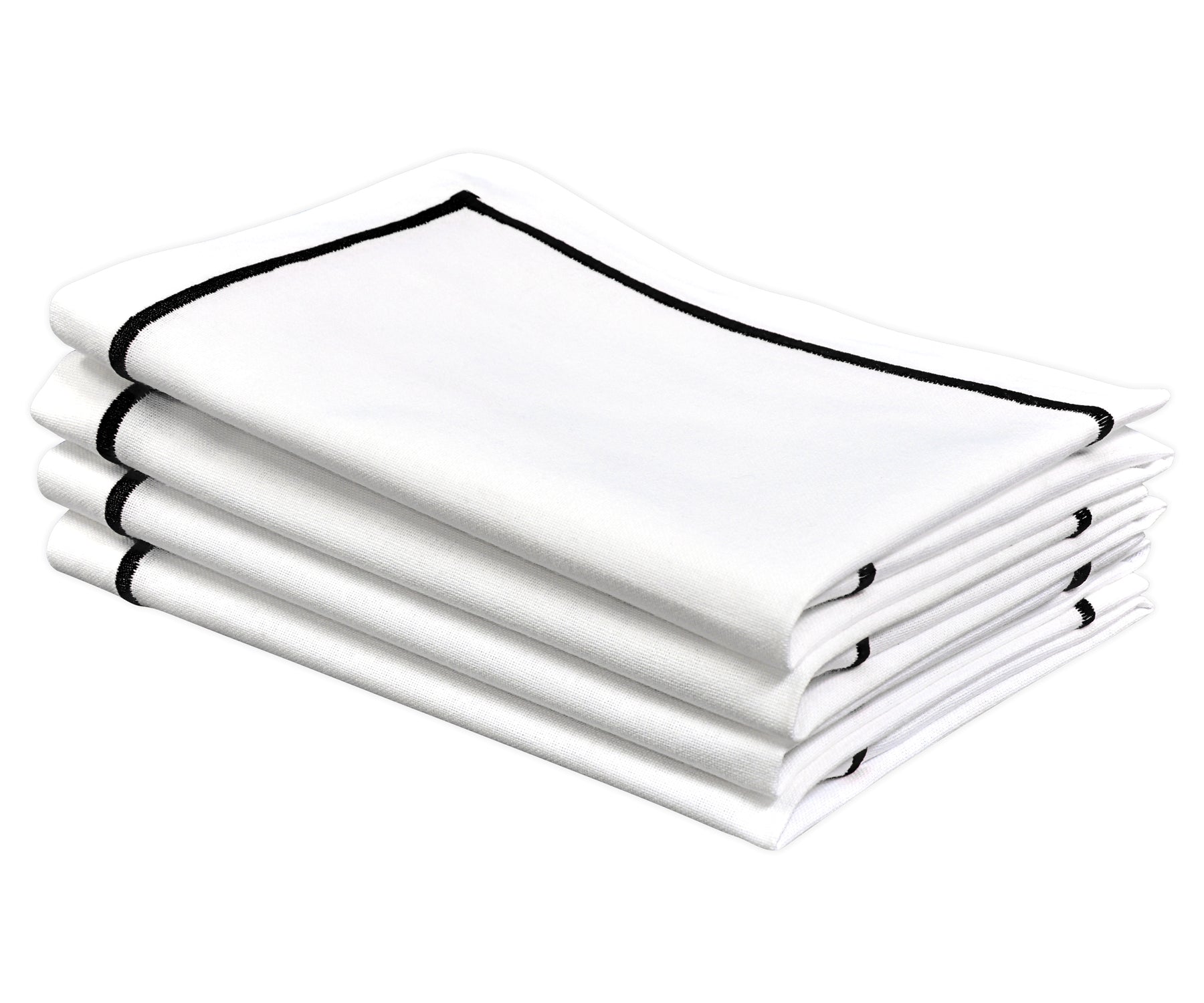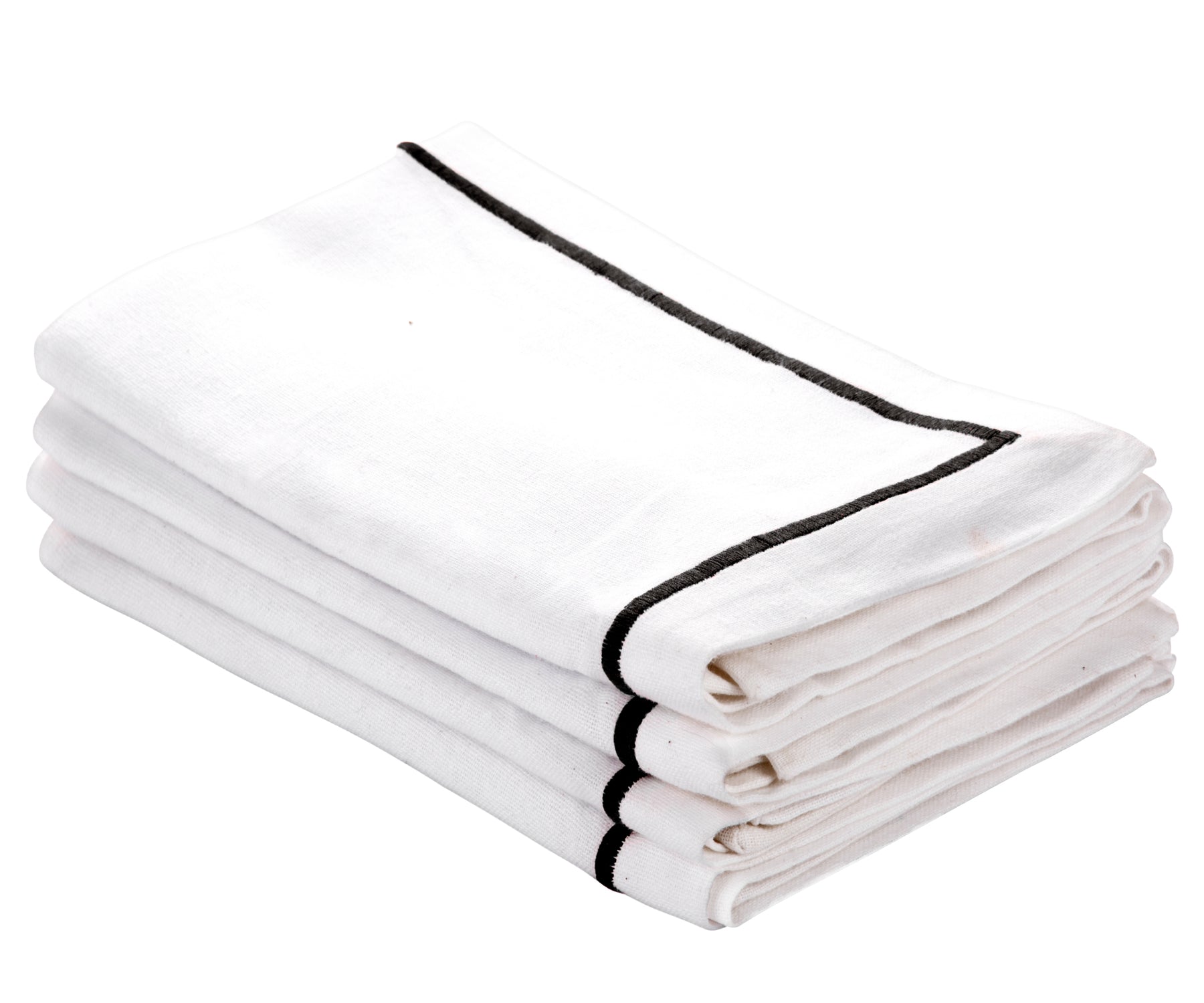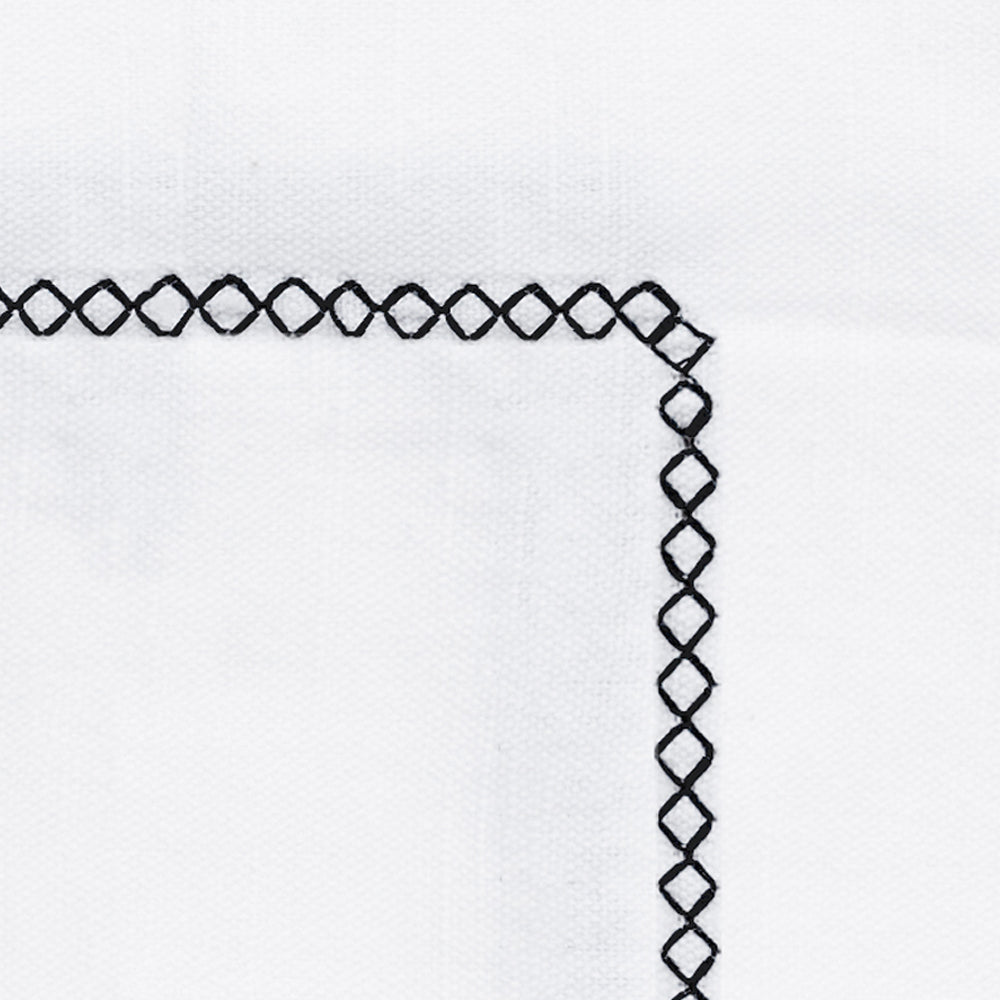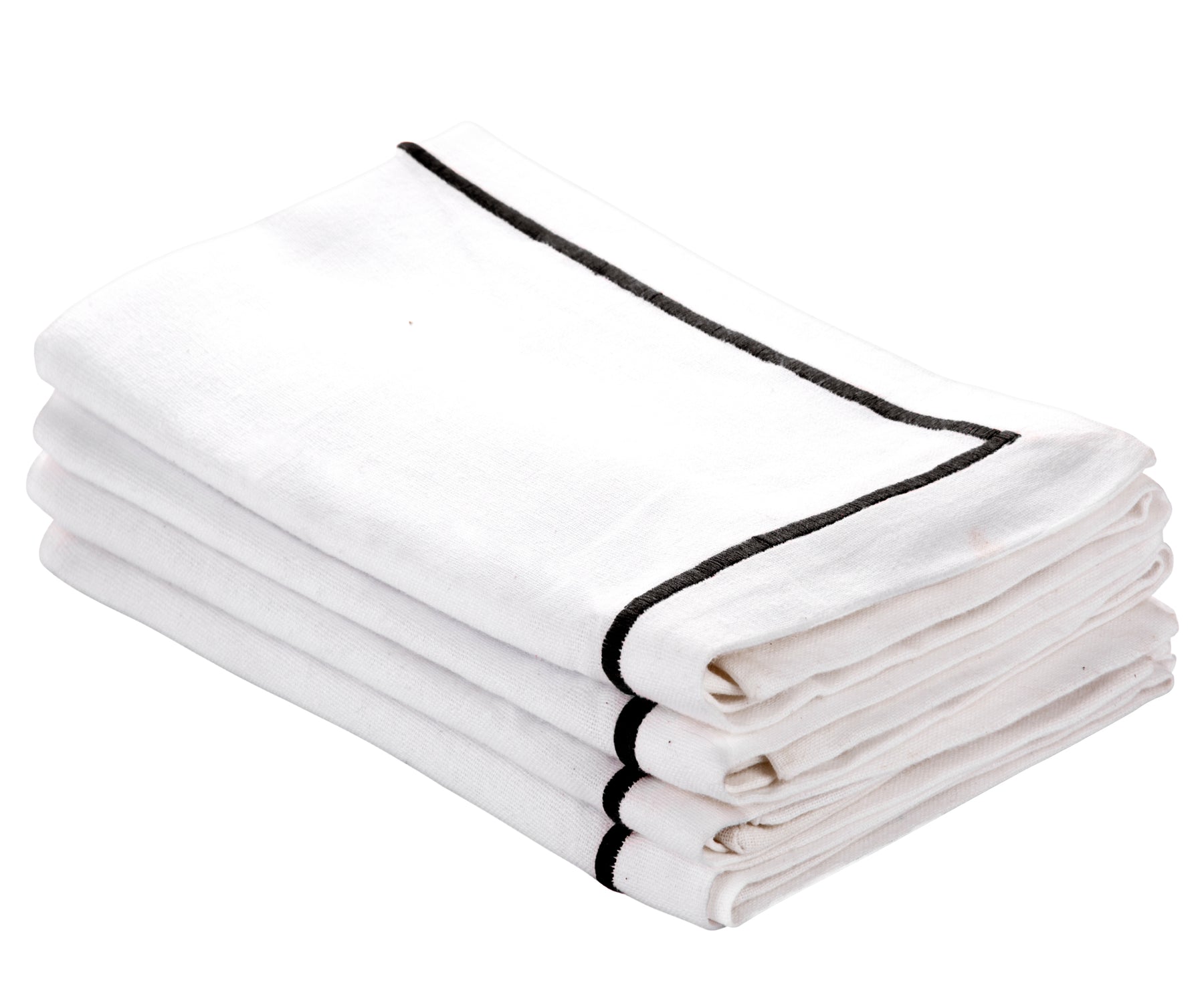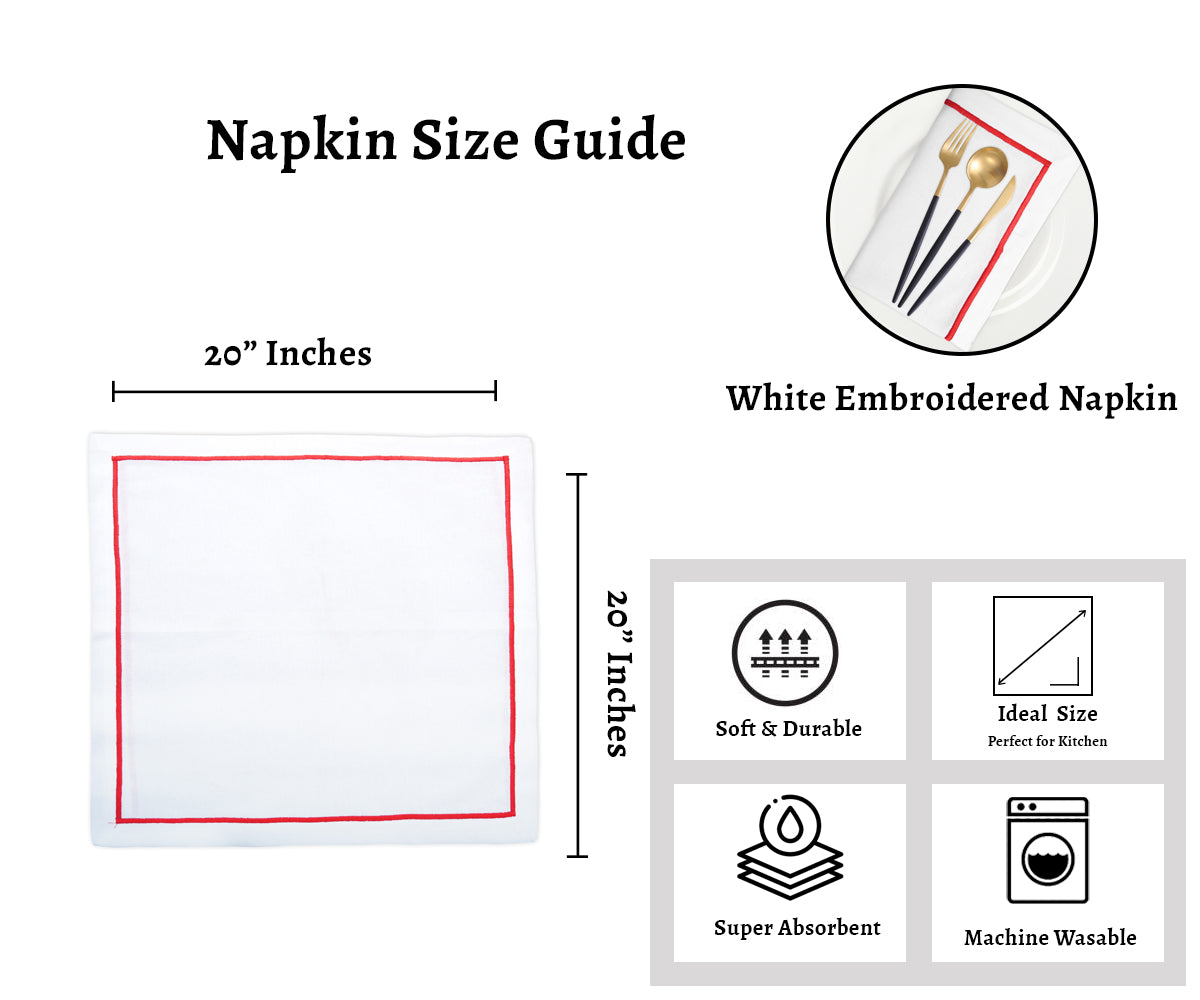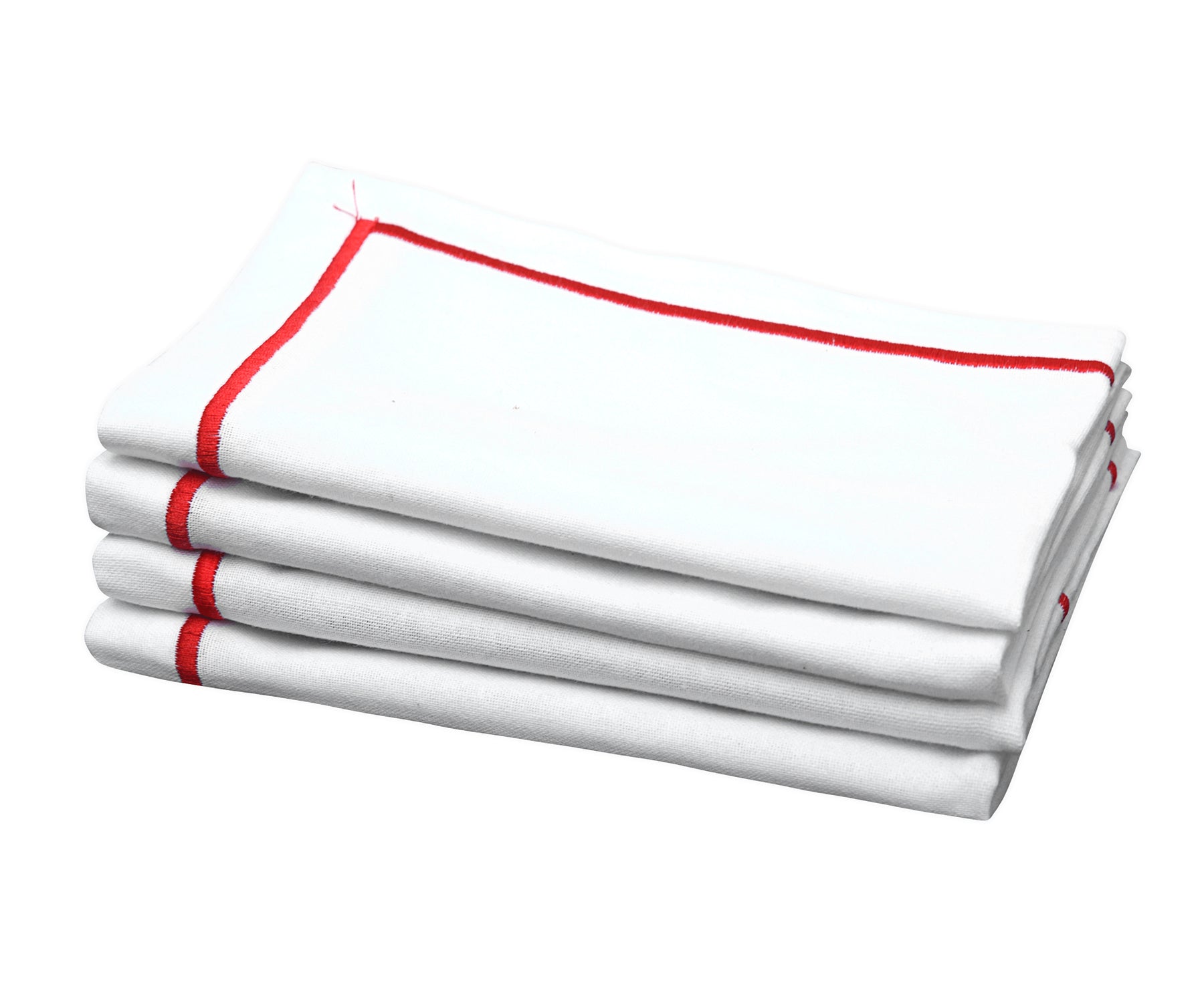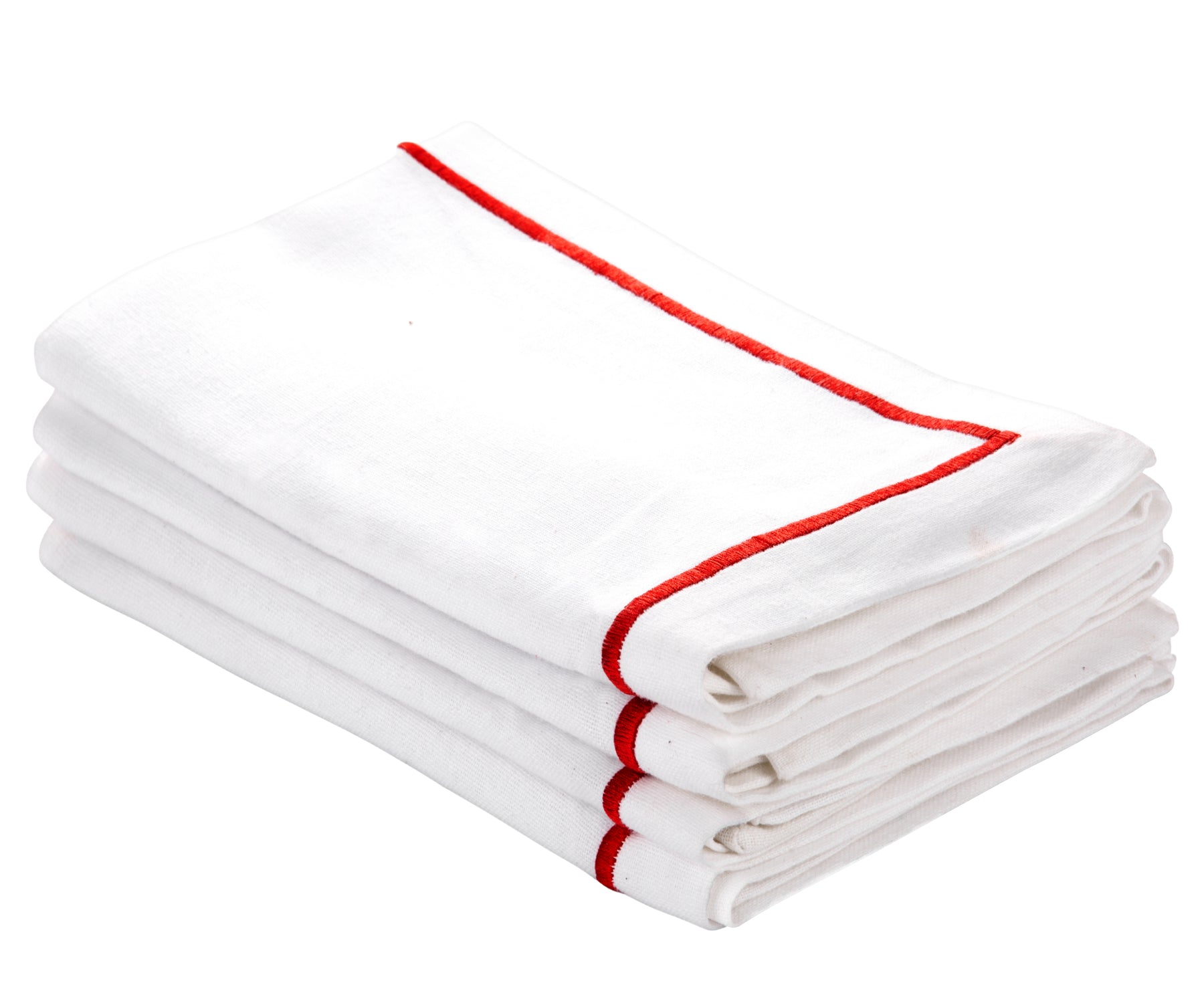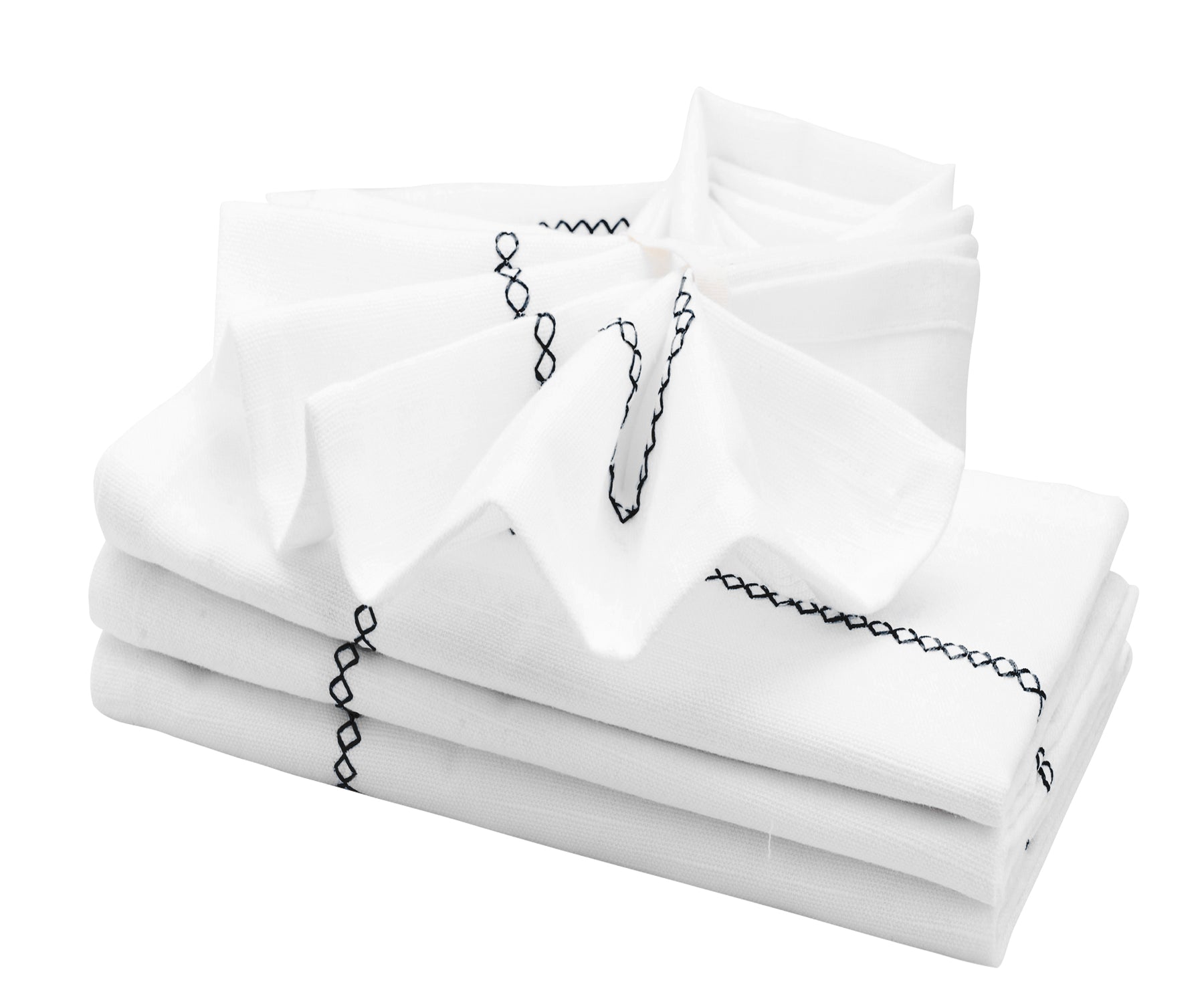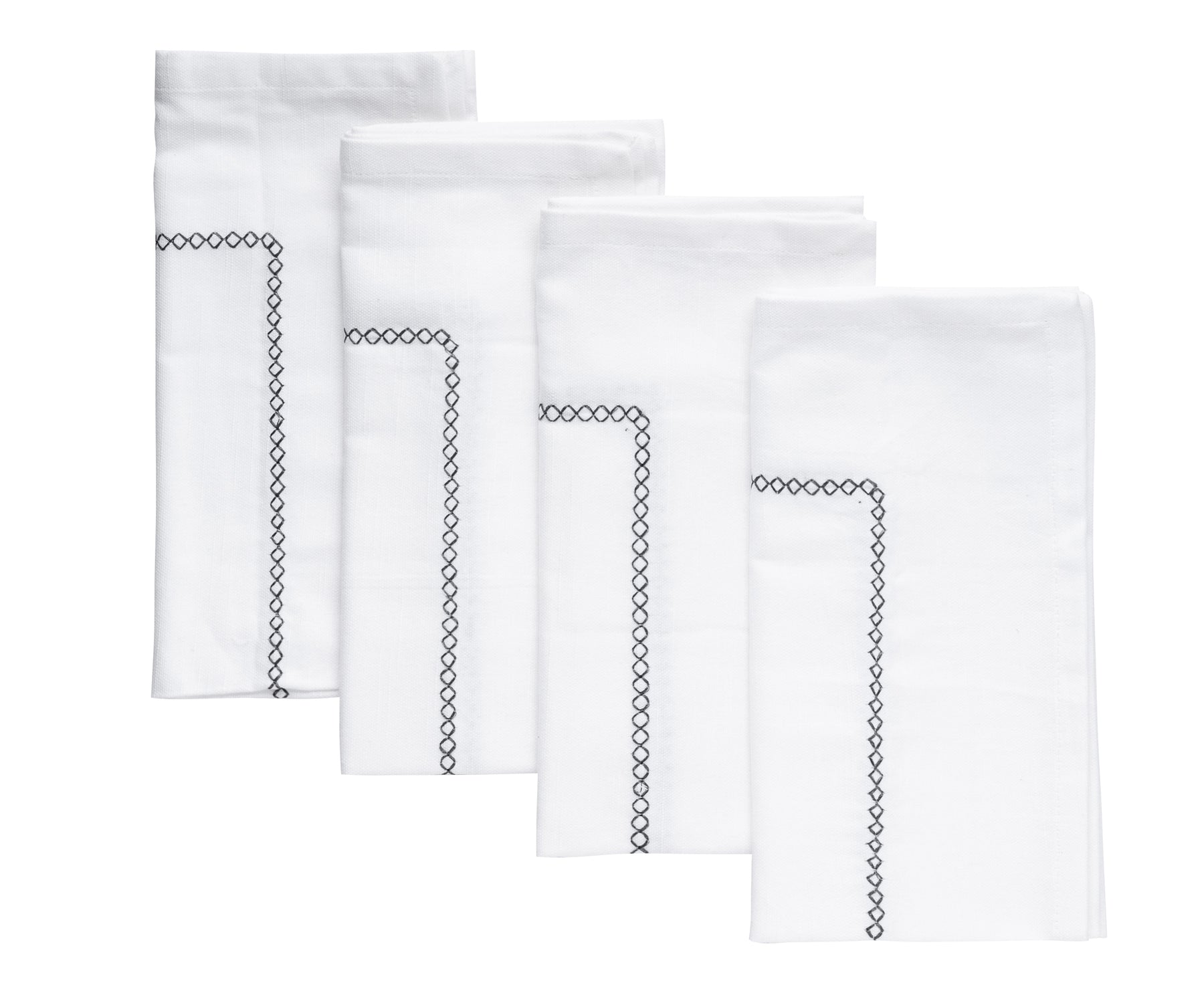Appliqué vs Embroidery
Let’s break it down in simple terms. We’ll talk about how each style works, where you see them, and what makes them special. No complicated jargon—just practical, clear info to help you make better style and décor choices.
What Is Appliqué?
Appliqué is all about layering. It involves stitching a piece of fabric on top of a larger fabric surface to create a design. Think of it like patchwork, but with more personality. You’ll often find floral appliqué on pillowcases, table linens, quilts, and clothing.

Appliqué patterns can be bold and colorful. Want to add a sunflower to your plain cushion cover? That’s where appliqué comes in. It works well for creating large, visible designs that instantly catch the eye.
There’s also reverse appliqué, which involves cutting into the top fabric to reveal another layer underneath. It adds depth and detail in a very tactile way.
And for the crafty types, crochet appliqué offers a twist—think hand-crocheted shapes stitched onto fabric for that handmade touch. It's a favorite in DIY projects and a growing trend in fashion and home decor.
Find Out: Best Summer Sales | Refresh Your Home with All Cotton and Linen
What Is Embroidery?
Embroidery is all about thread. Designs are stitched directly onto the fabric using a needle and thread. The result? Intricate, detailed artwork made from lines, textures, and patterns.

You’ll spot custom embroidery on napkins, placemats, wall hangings, and table runners. Whether it’s a monogram, floral motif, or seasonal design, embroidery adds a personal touch that feels special.
Embroidery designs can range from minimal to highly detailed. Some use fine, delicate lines; others play with texture and color. Today, modern tools allow for both hand and machine-stitched embroidery patterns, giving you plenty of options depending on the style you're going for.
Top Embroidery Napkin Brands For Quality Craftsmanship
When it comes to embroidered napkins, quality craftsmanship makes all the difference. The top brands focus on fine stitching, smooth fabric, and timeless designs that elevate any table setting.
Their work reflects a blend of tradition and modern style, offering napkins that look beautiful and last through many gatherings.
From classic borders to elegant motifs, these brands are known for attention to detail and consistent finishing. Their napkins feel luxurious yet practical, making them a trusted choice for homes, events, and special occasions.
Top-Rated Embroidered Napkins For Monogramming
Embroidered napkins made for monogramming bring a personal, elegant touch to any table. Their smooth fabric and clean stitching provide the perfect base for initials, names, or custom designs. These napkins hold shape well, making the monogram stand out with crisp detail.
Whether used for weddings, family dinners, or gifting, monogram-ready napkins blend beauty with meaning. They’re durable, timeless, and crafted to keep your custom embroidery looking sharp for years.
Differences Between Appliqué and Embroidery
Let’s keep it simple. Appliqué adds fabric on top. Embroidery uses thread within the fabric. One builds with patches; the other draws with stitches.
Appliqué is faster for large designs. Want a big flower on your tote bag? Go with floral appliqué. It uses fewer stitches and covers more area with fabric itself.
Embroidery shines when you need fine detail. Small logos, initials, or delicate borders work better in custom embroidery styles.
If you're designing with texture in mind, appliqué adds dimension with layered fabric. Embroidery brings in texture through thread thickness and stitch variation.
You May Also Like: Summer Brunch Ideas | Easy Menu & Decor
When to Choose Appliqué
Appliqué works beautifully when you want to add a bold focal point to a plain surface. It's often used in seasonal decor too—think fall leaves or winter snowflakes. And in fashion? A cotton applique dress offers a fun, casual vibe that stands out without being loud. It’s playful, soft, and easy to style.
If you love DIY, you’ll enjoy the world of crochet applique, where you can make your own flowers, shapes, or letters and stitch them onto anything from tote bags to t-shirts.
When to Choose Embroidery
Embroidery is timeless. It gives your fabric a refined, detailed touch that feels intentional and expressive. You’ll find it on kitchen towels, aprons, and even bedsheets. For gifting, custom embroidery adds a thoughtful element—be it names, initials, or even short messages. It turns a basic gift into something personal.
Need something decorative yet subtle? Embroidery works best when you want beauty in the details. A stitched vine along the edge of a runner or a minimal design on your napkin—these are the little things that elevate your home without overdoing it.
Know About: How to Style a Summer Outfit | Cute & Casual Looks
Appliqué Embroidery and Style
You don’t always have to choose between one or the other. Many modern textile designs combine both applique embroidery techniques for stunning effects. A piece of fabric can be appliquéd onto a dress and then outlined or enhanced using embroidery stitches. The result? Depth, detail, and style—all rolled into one.
At All Cotton and Linen, we love using both styles in our collections. They're not just decorative—they tell a story, they show care, and they bring a handcrafted charm that never goes out of style.

